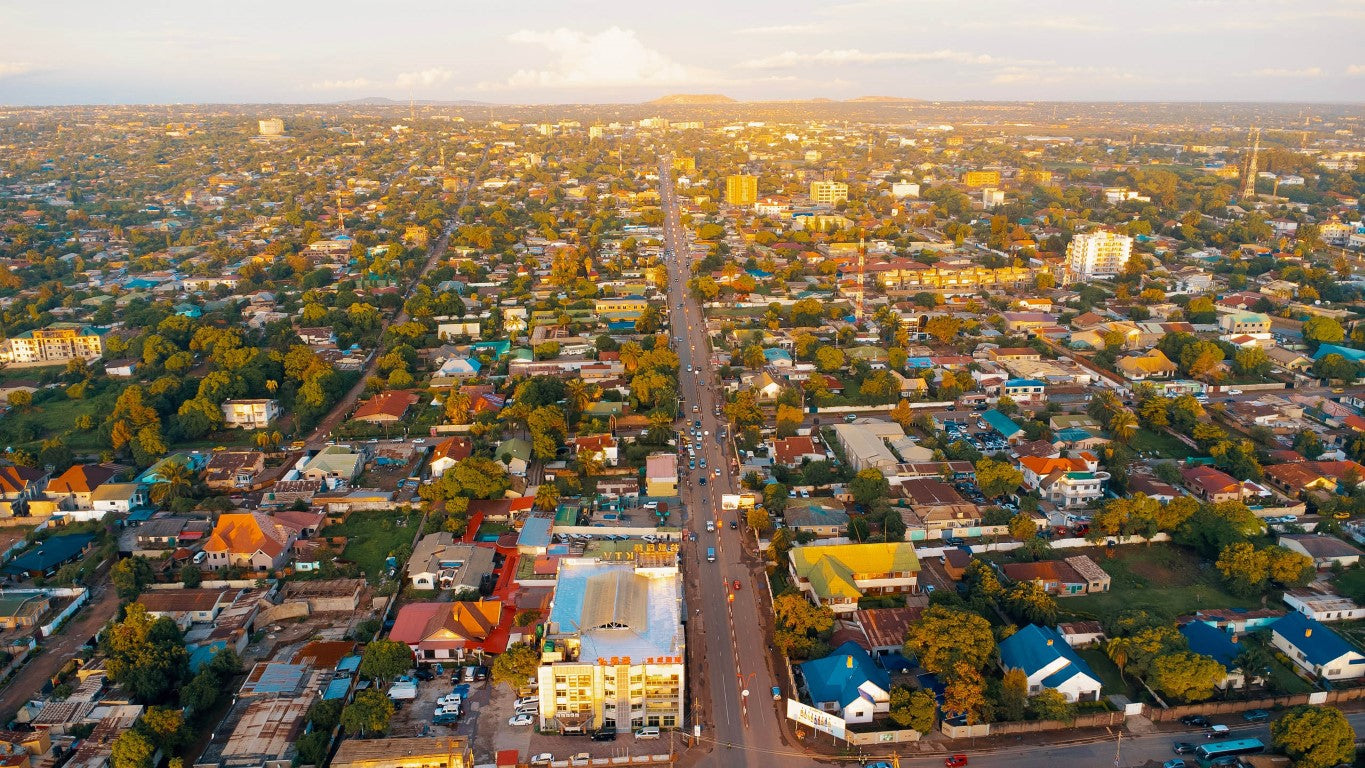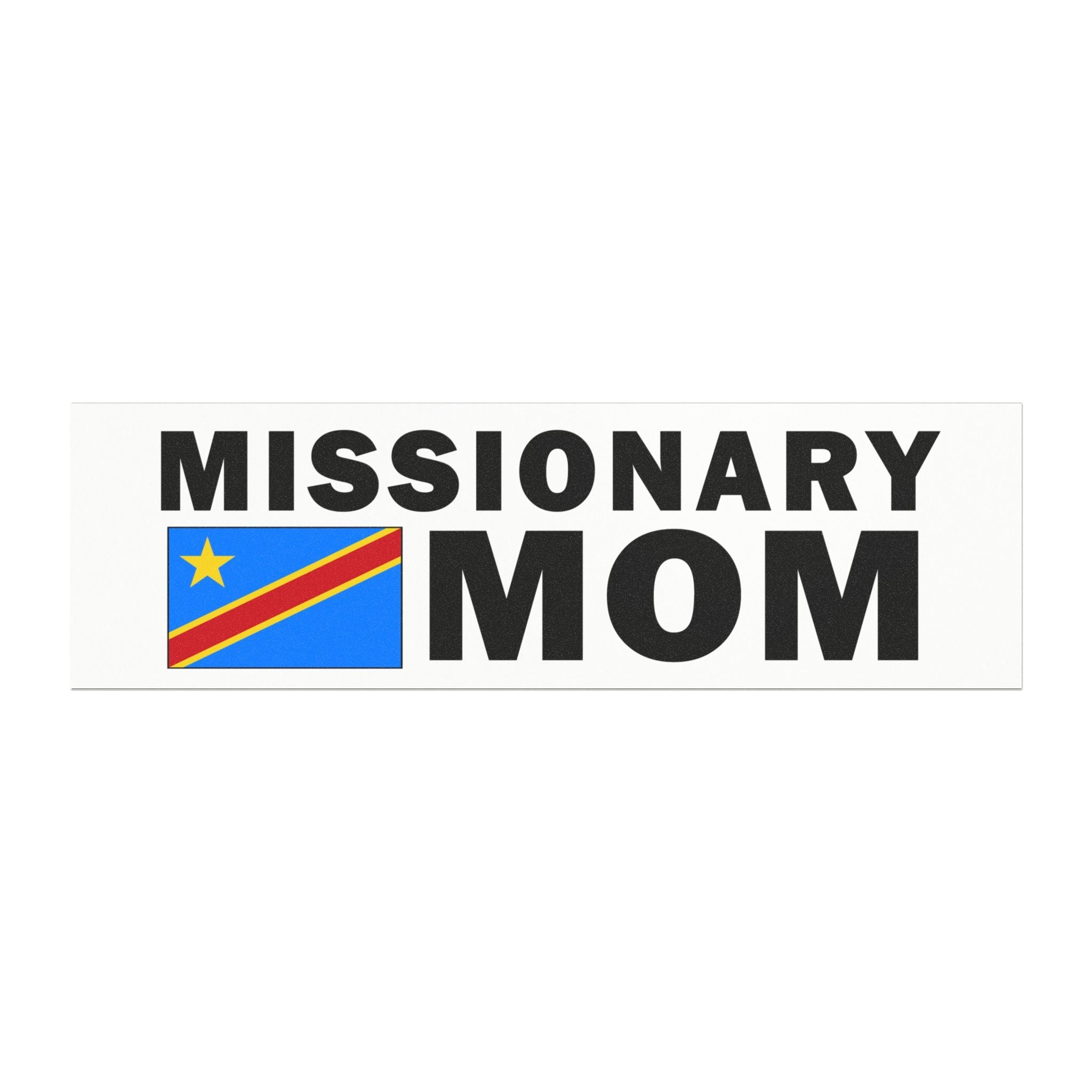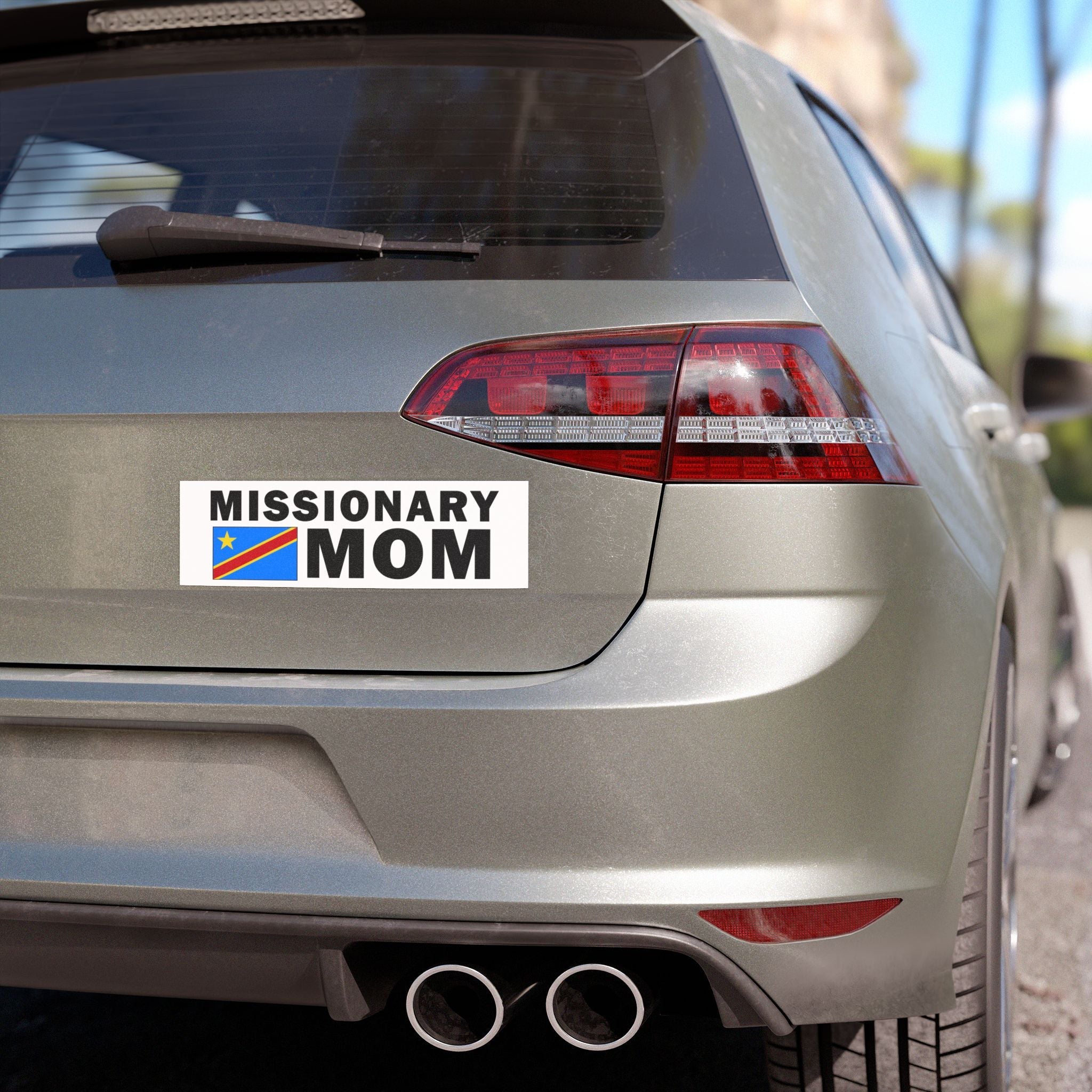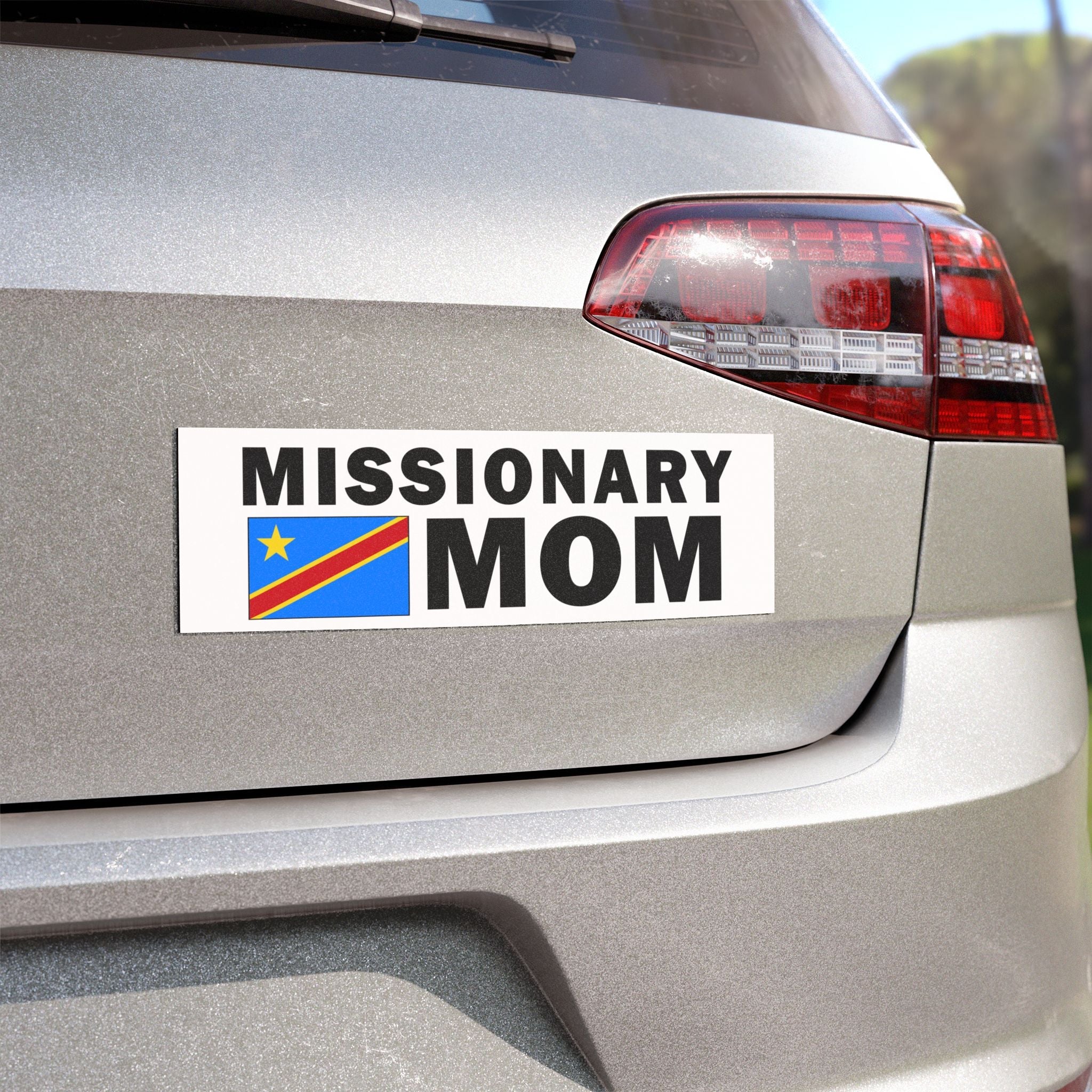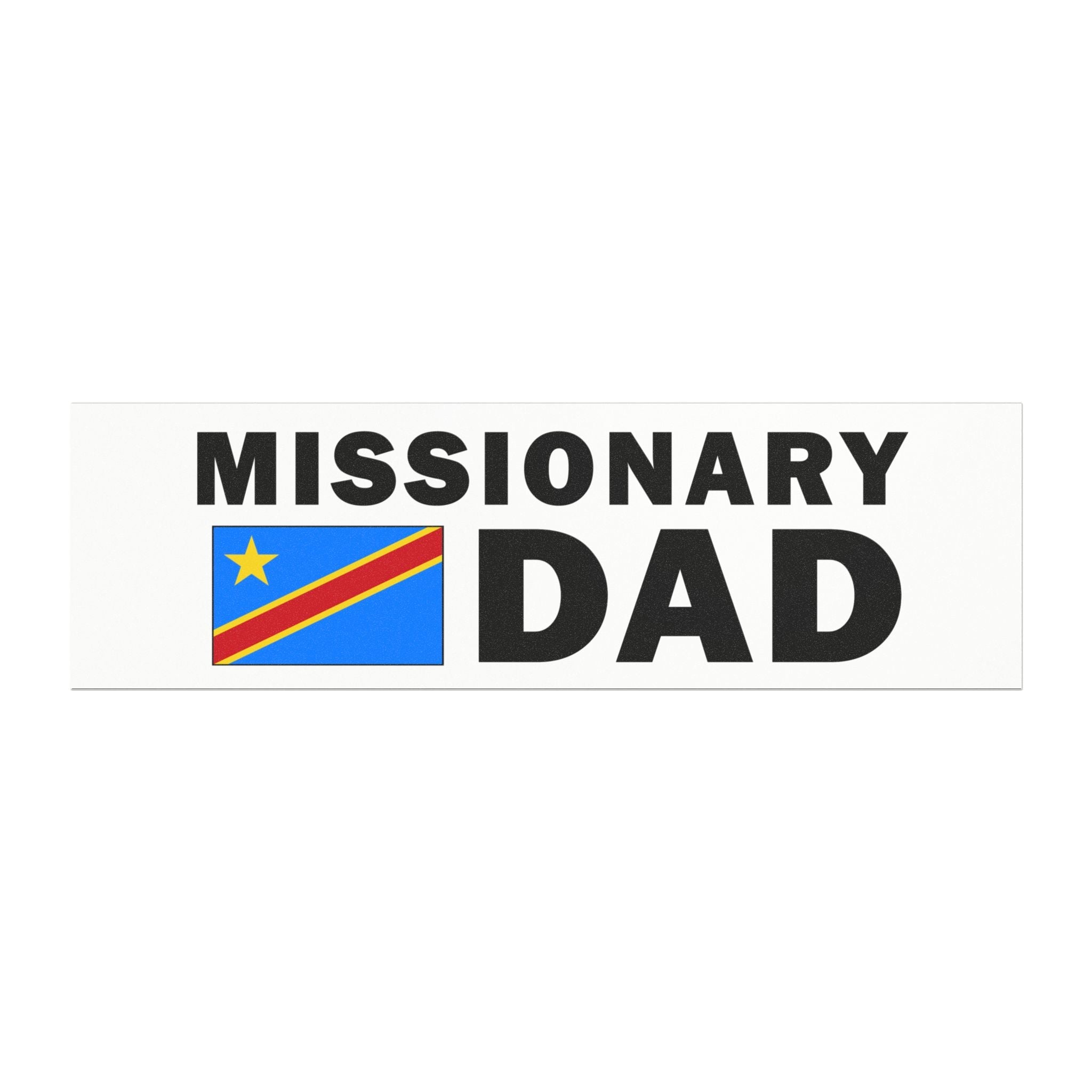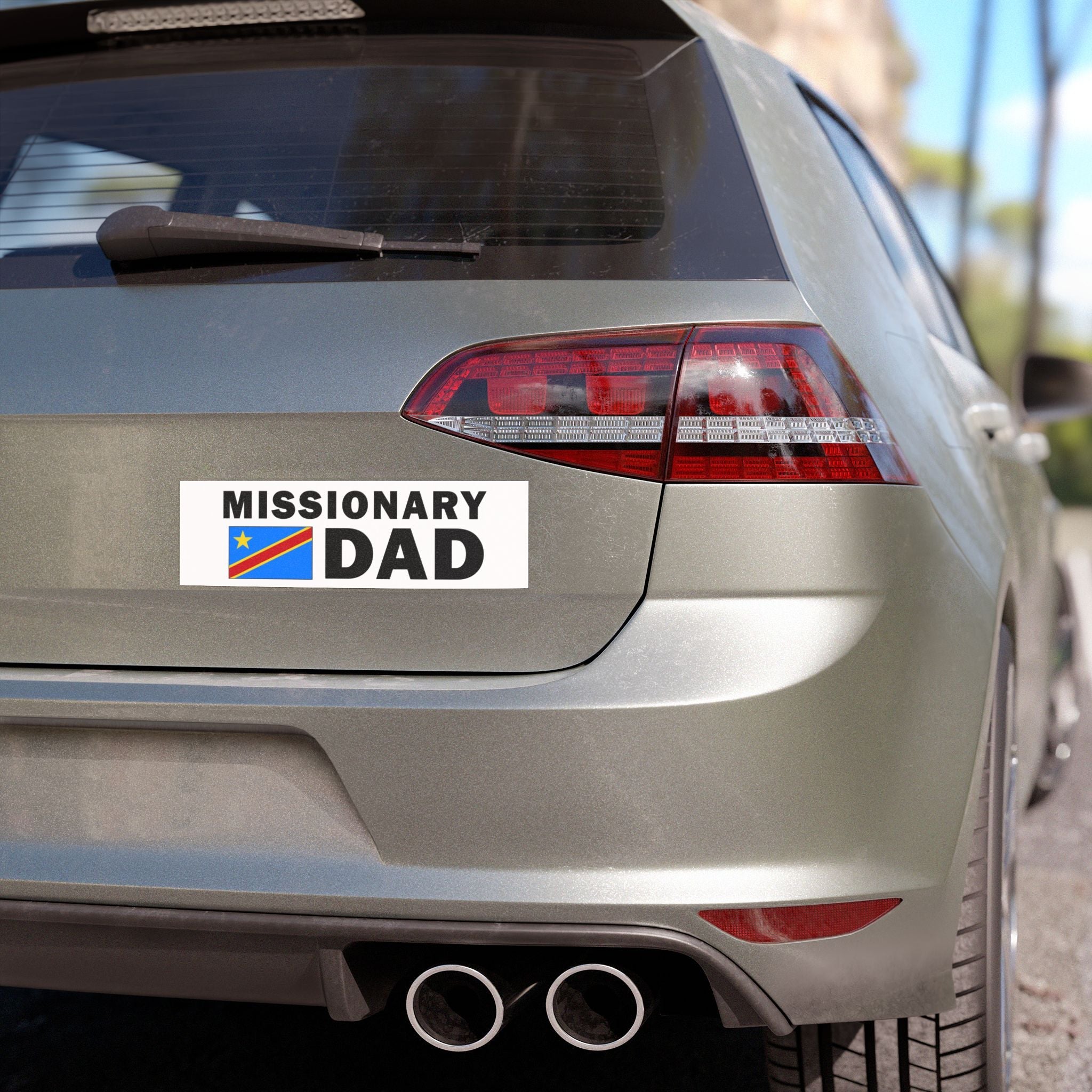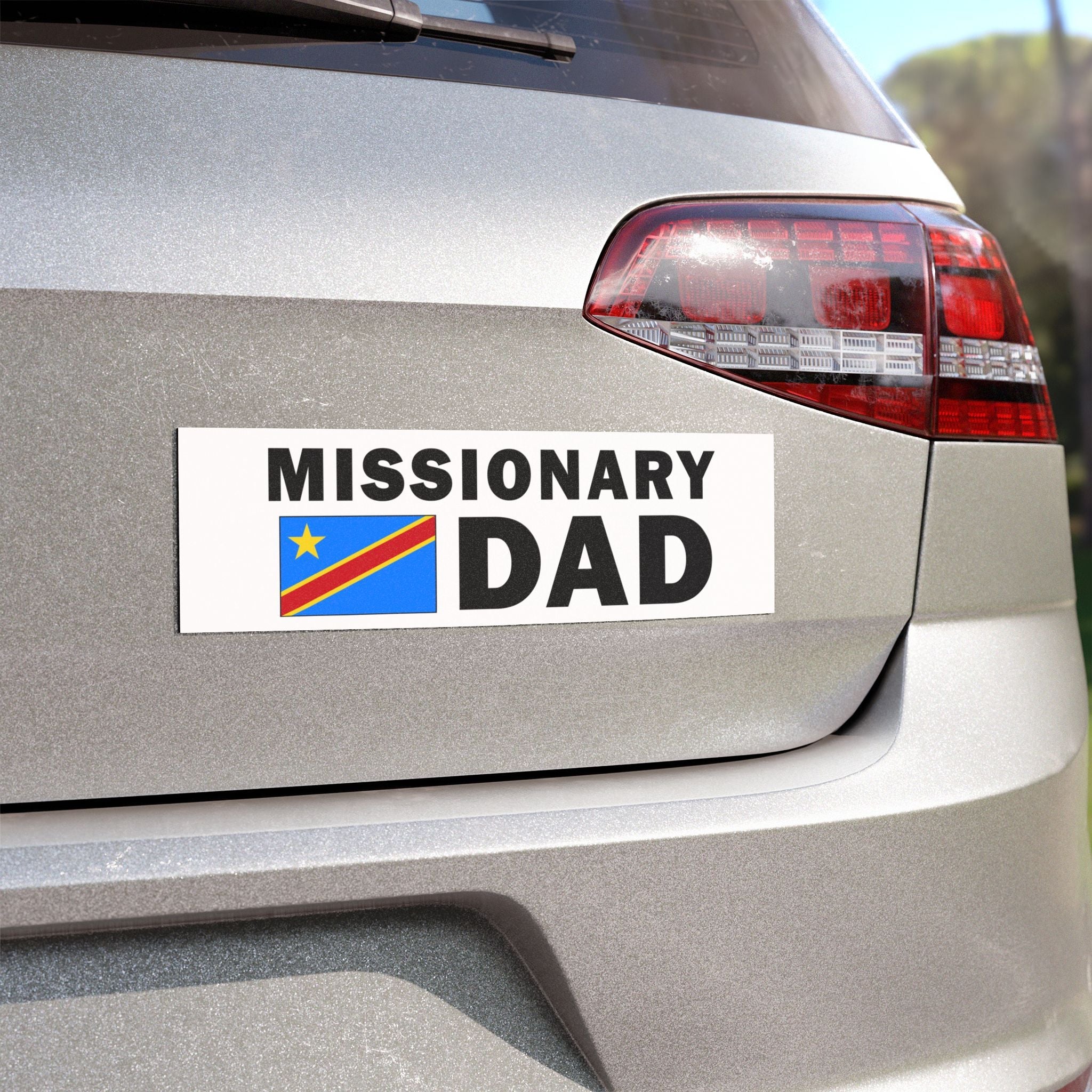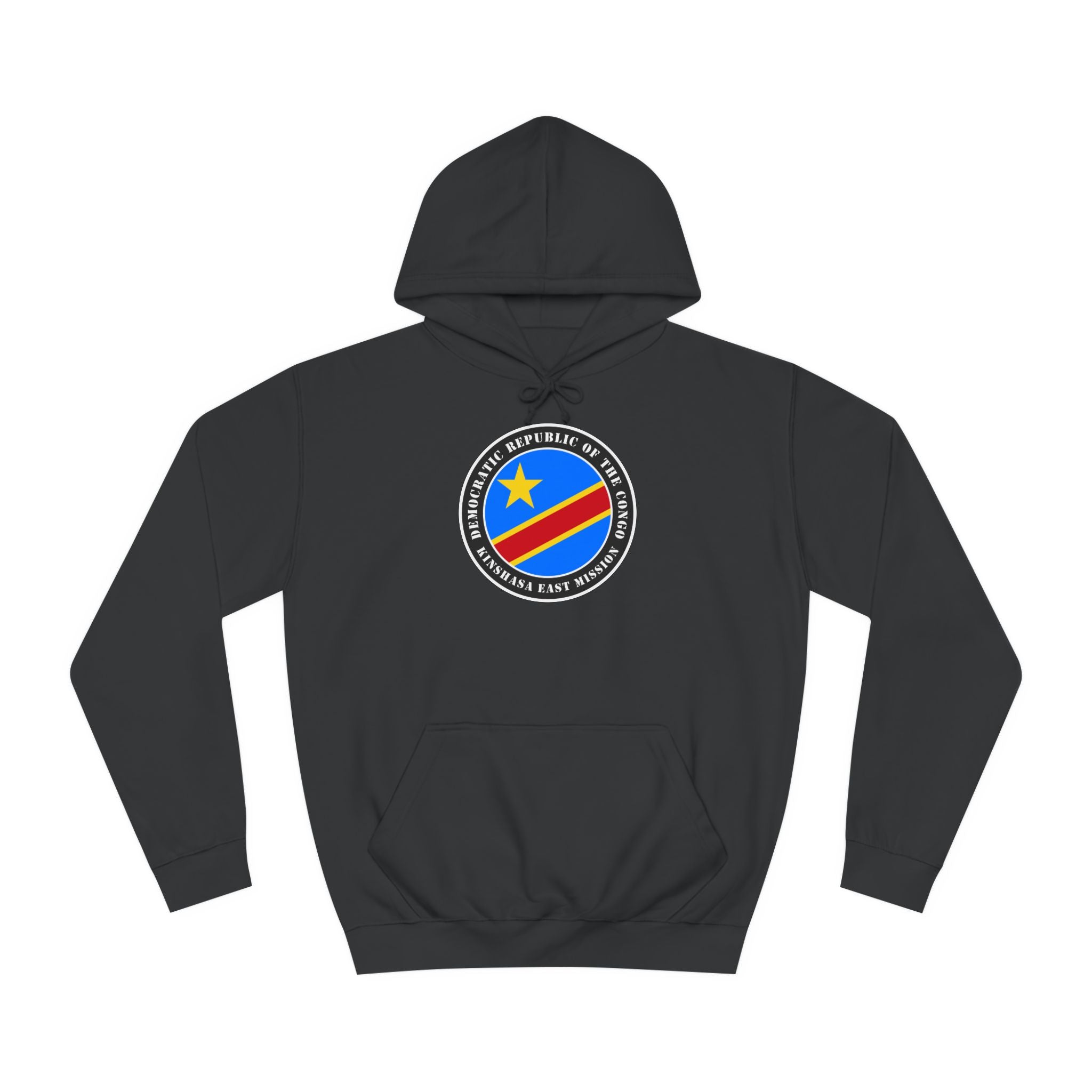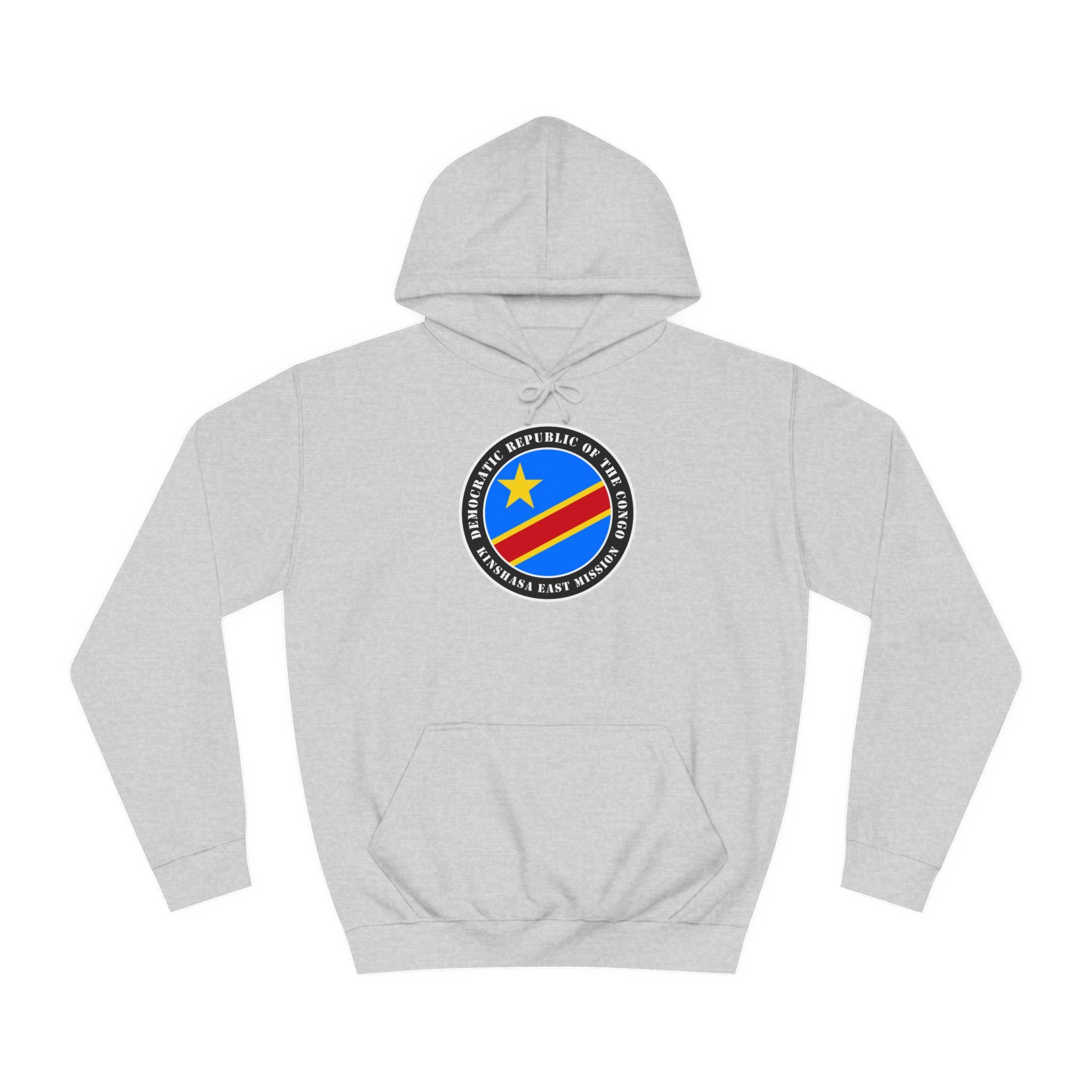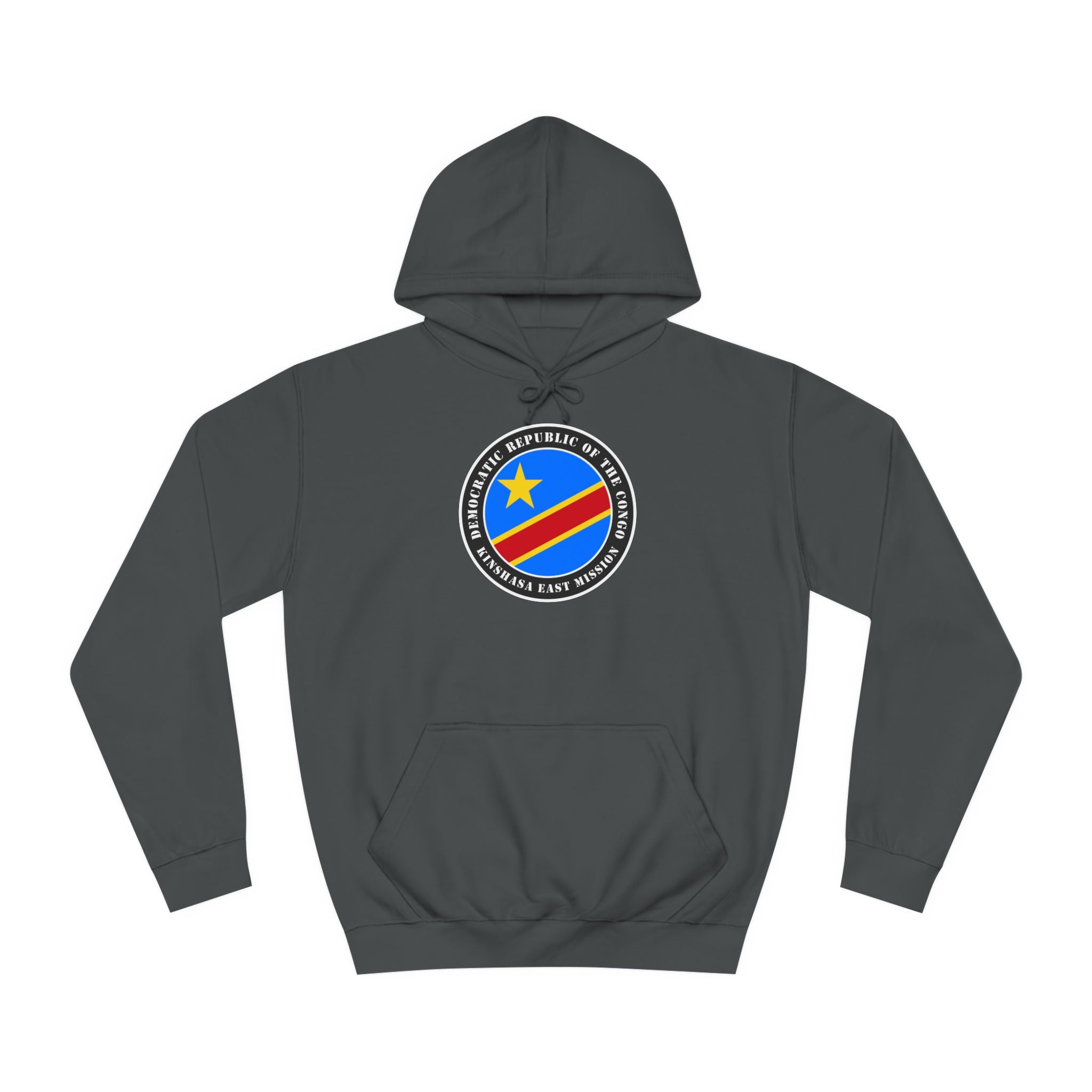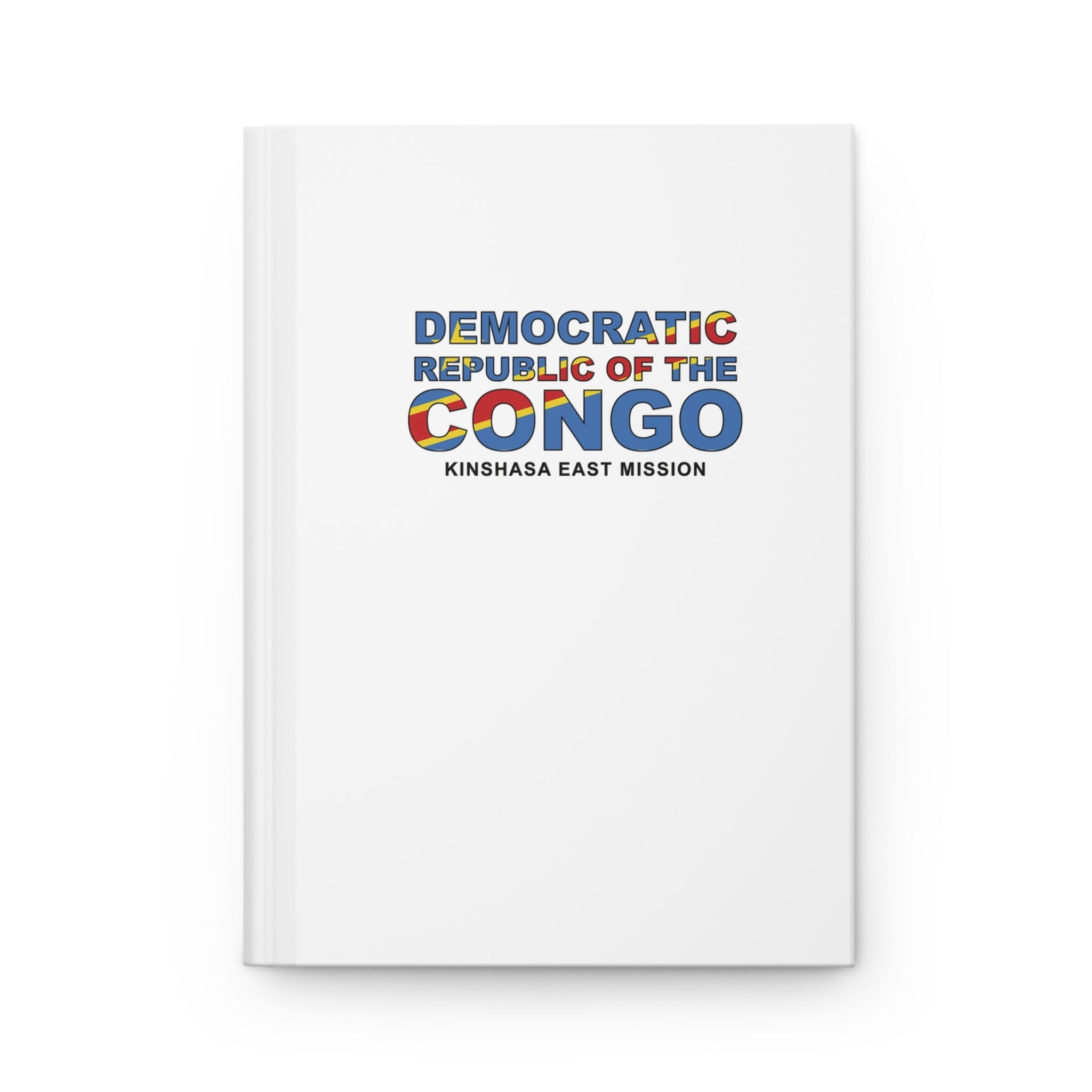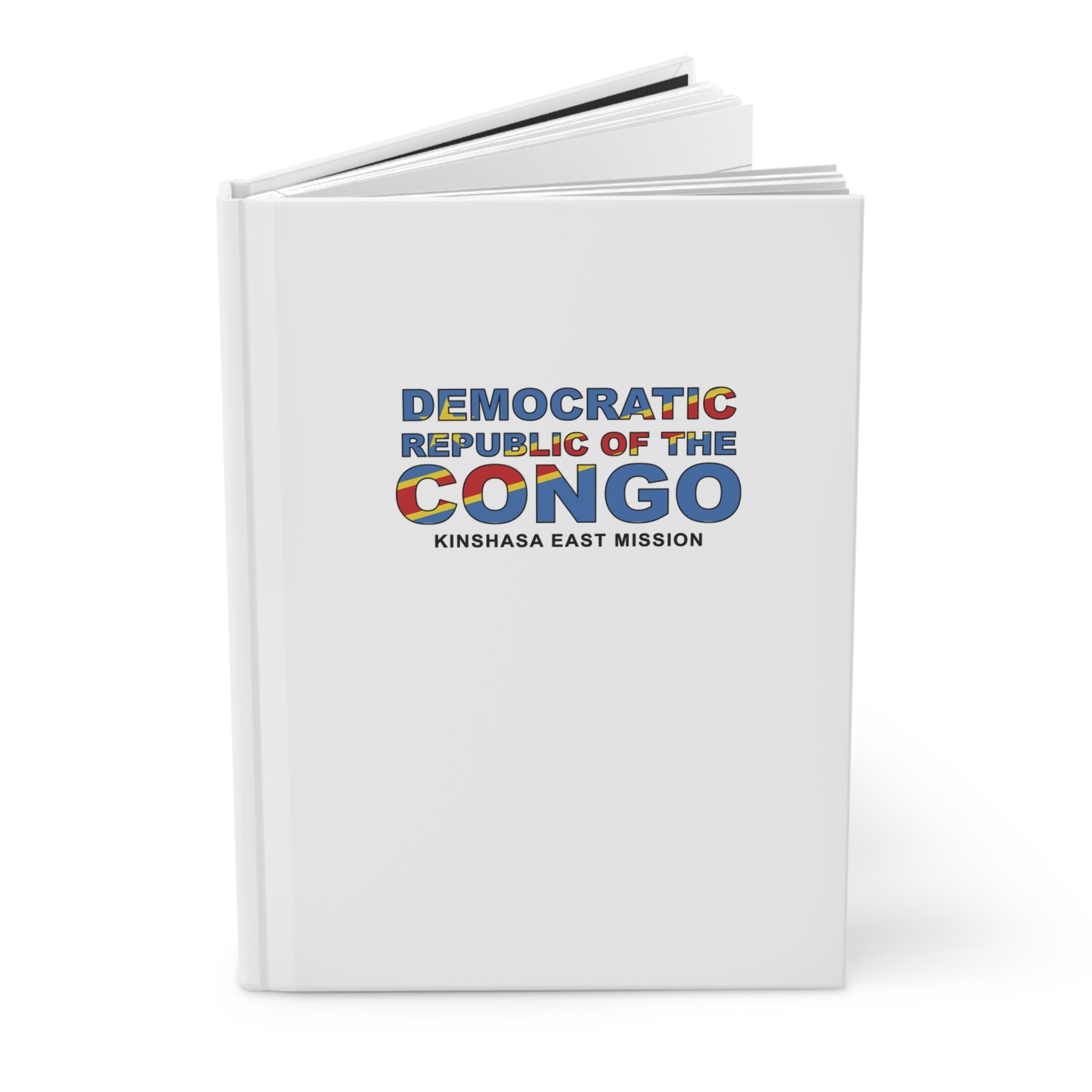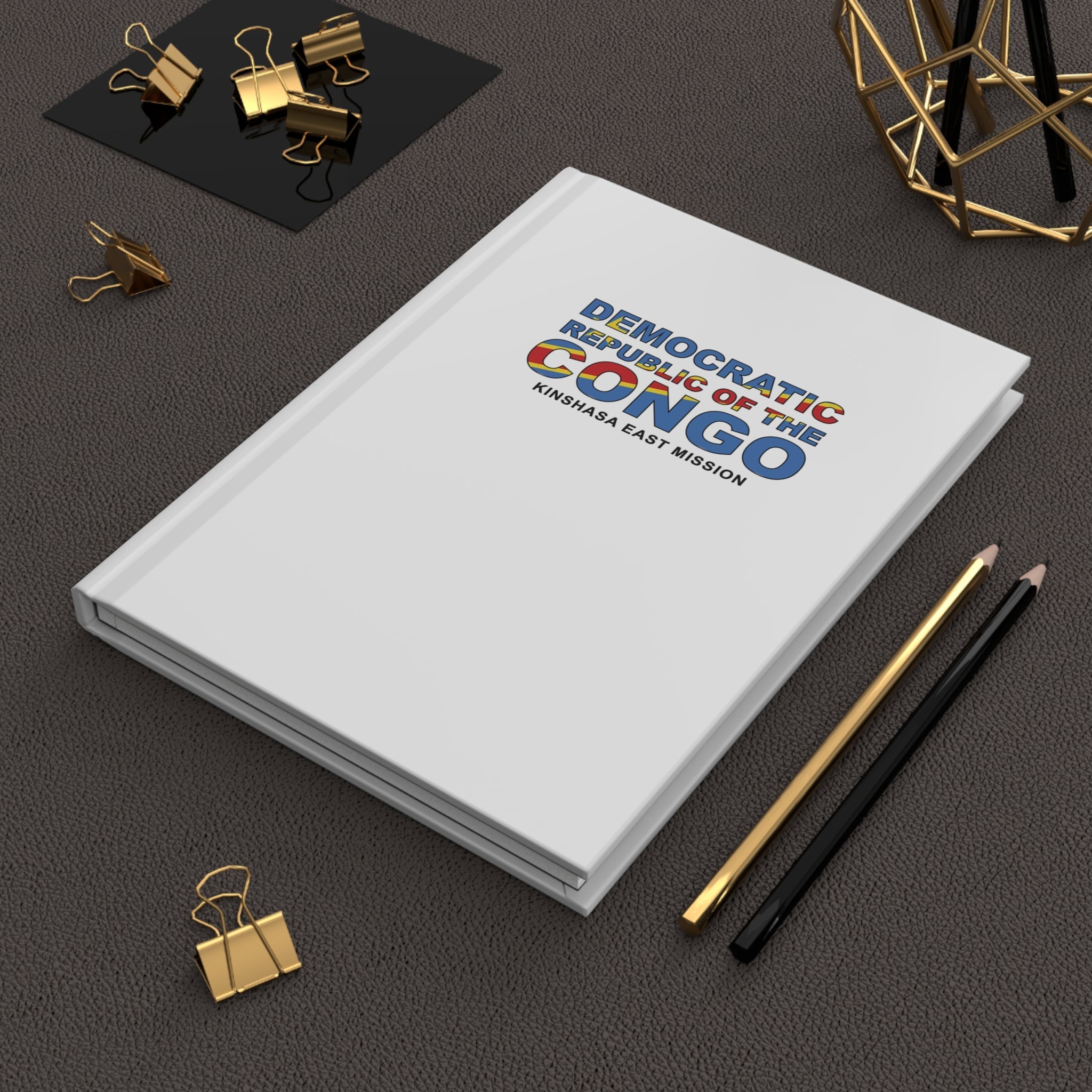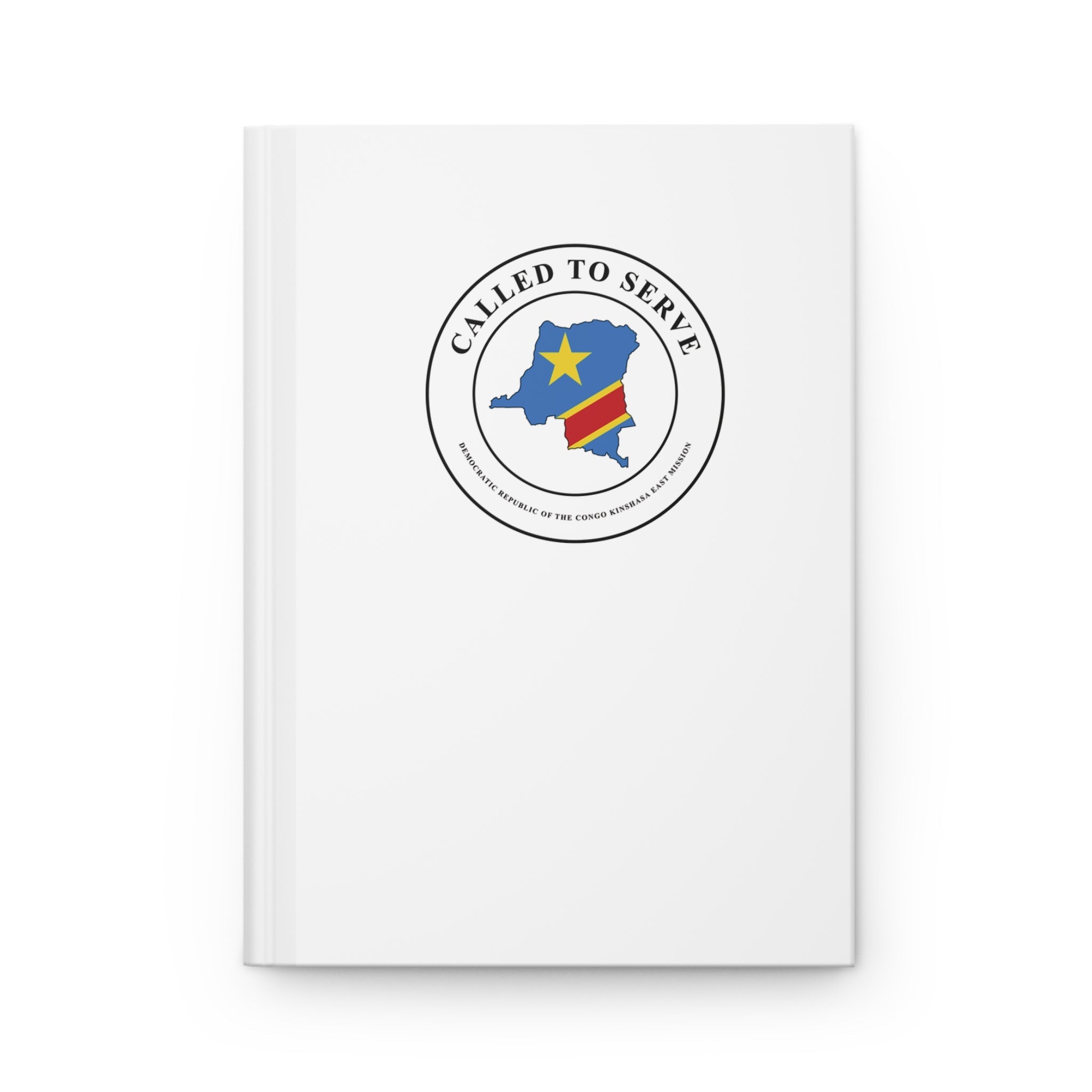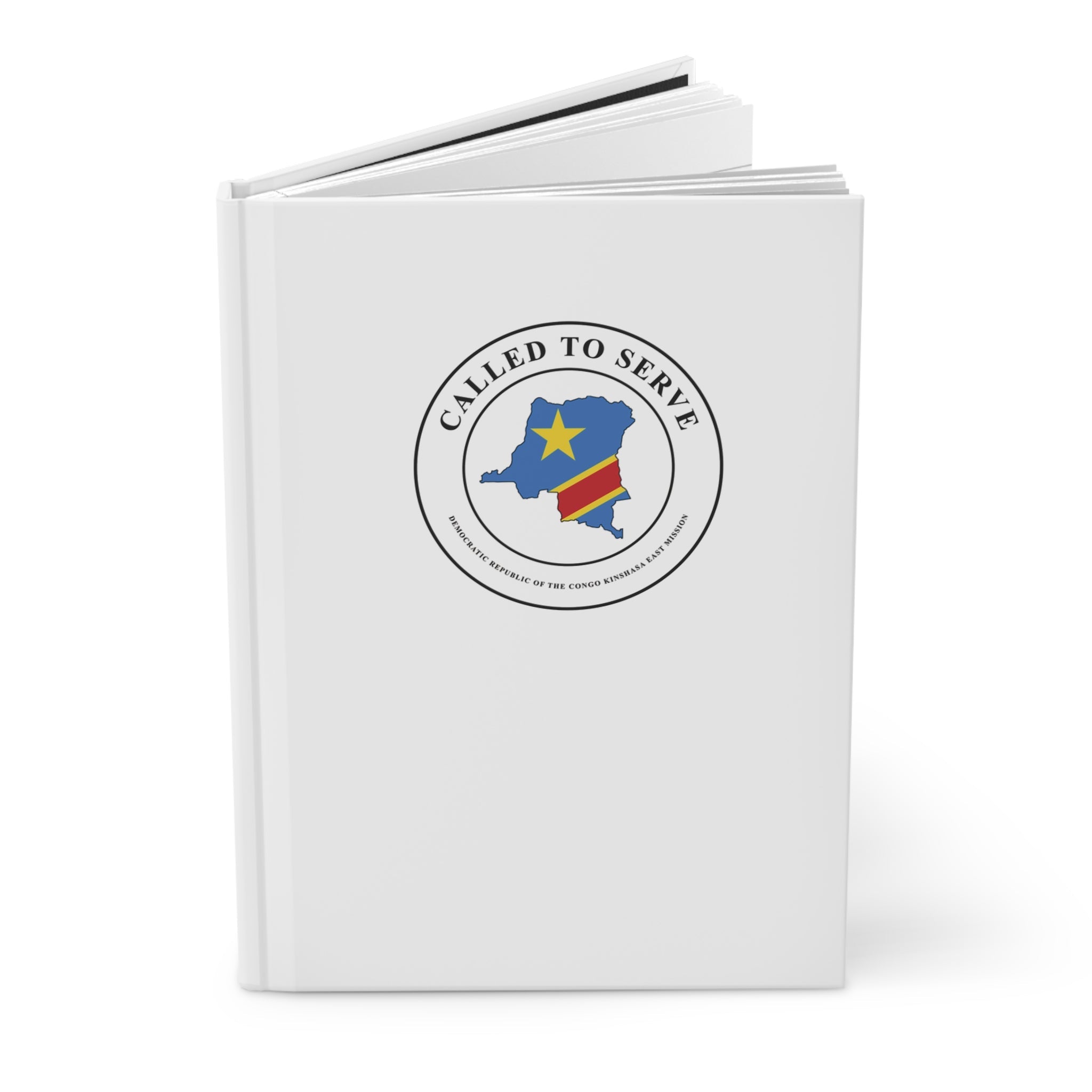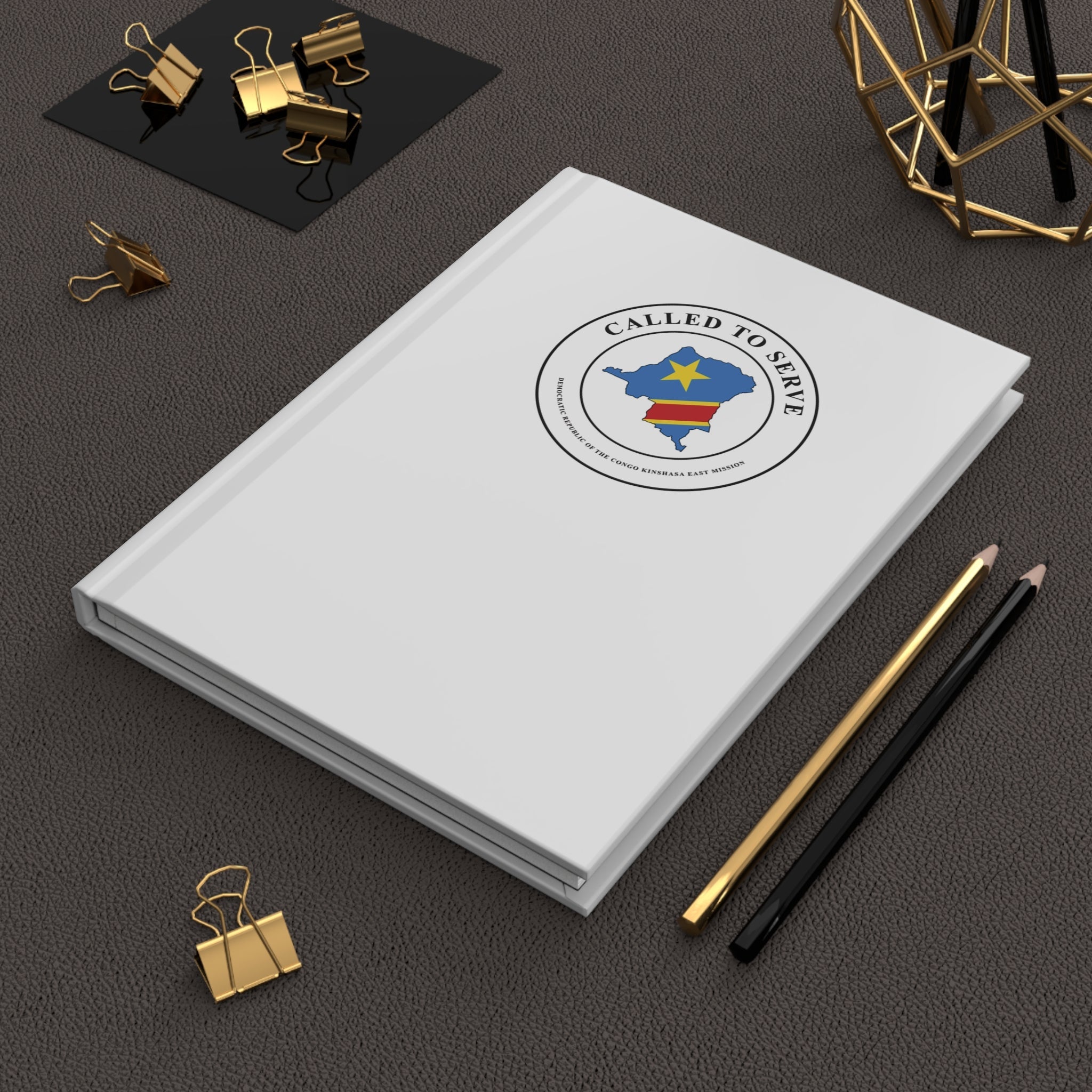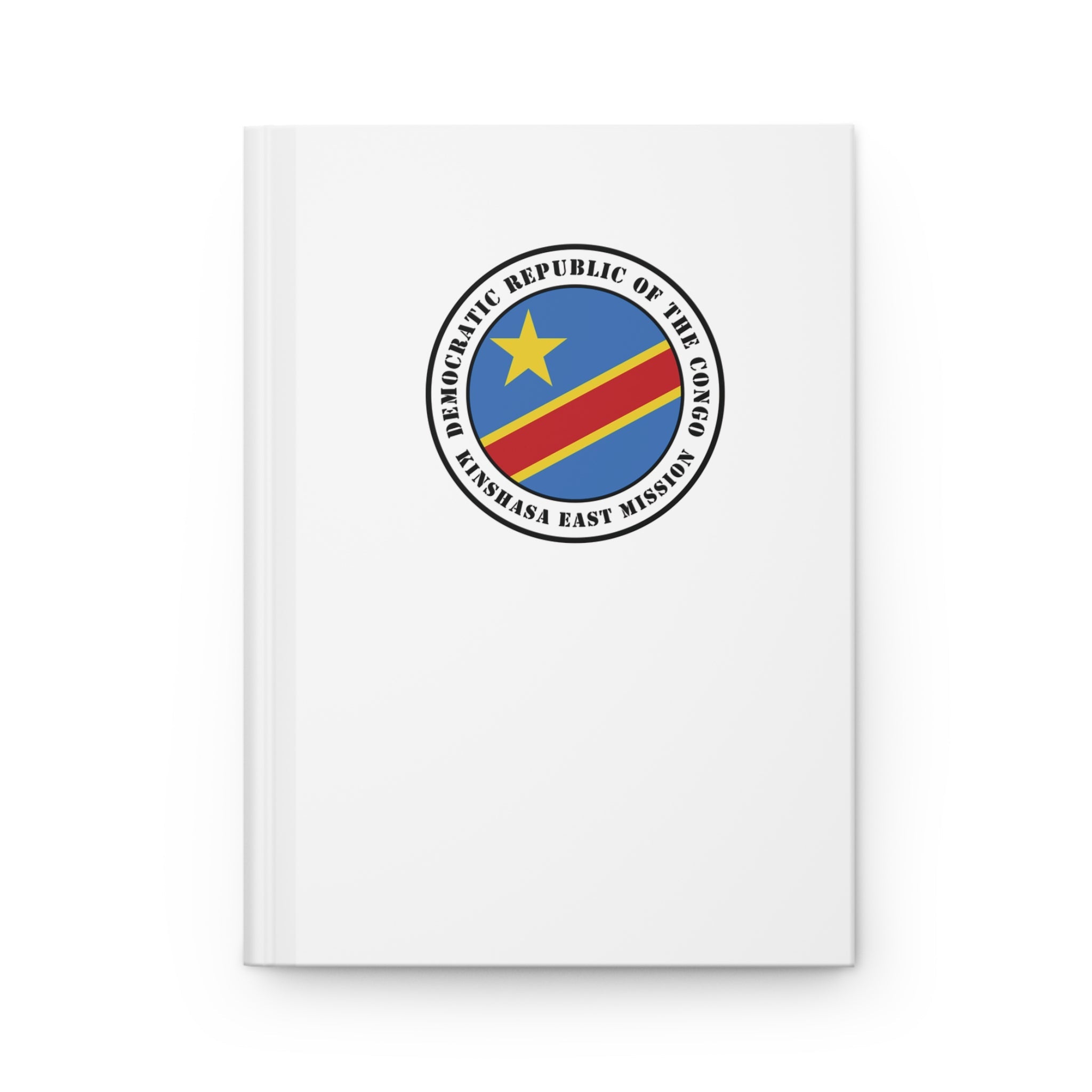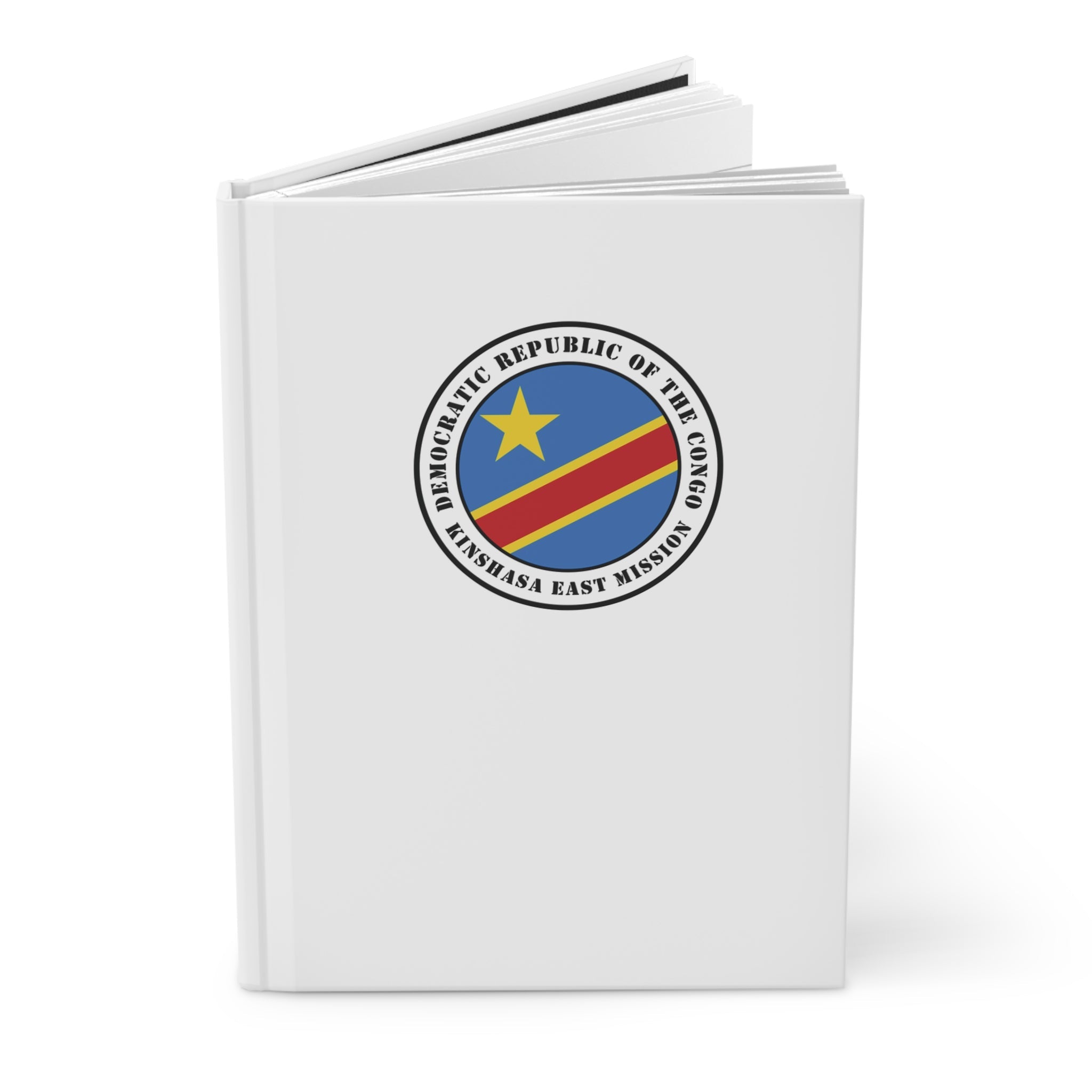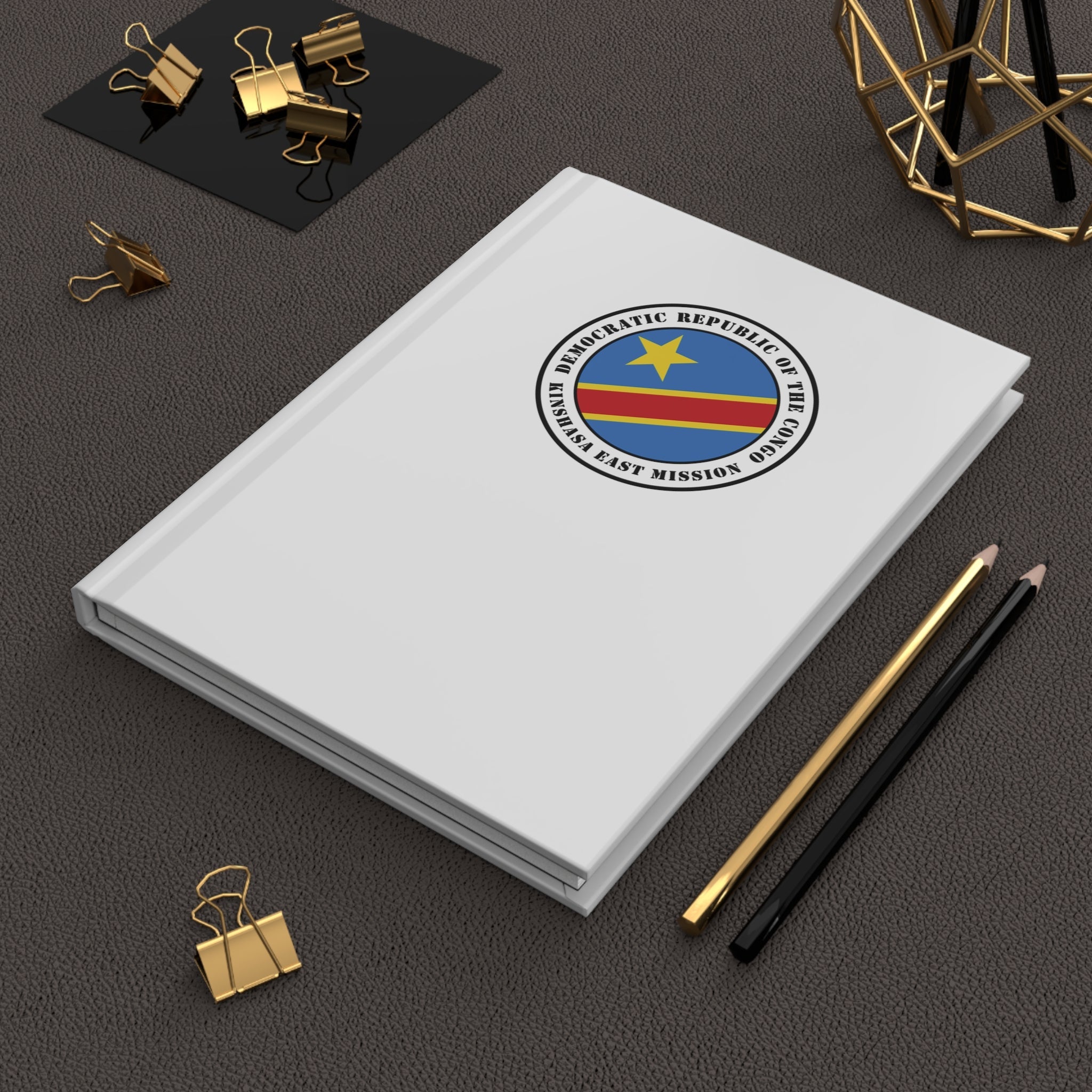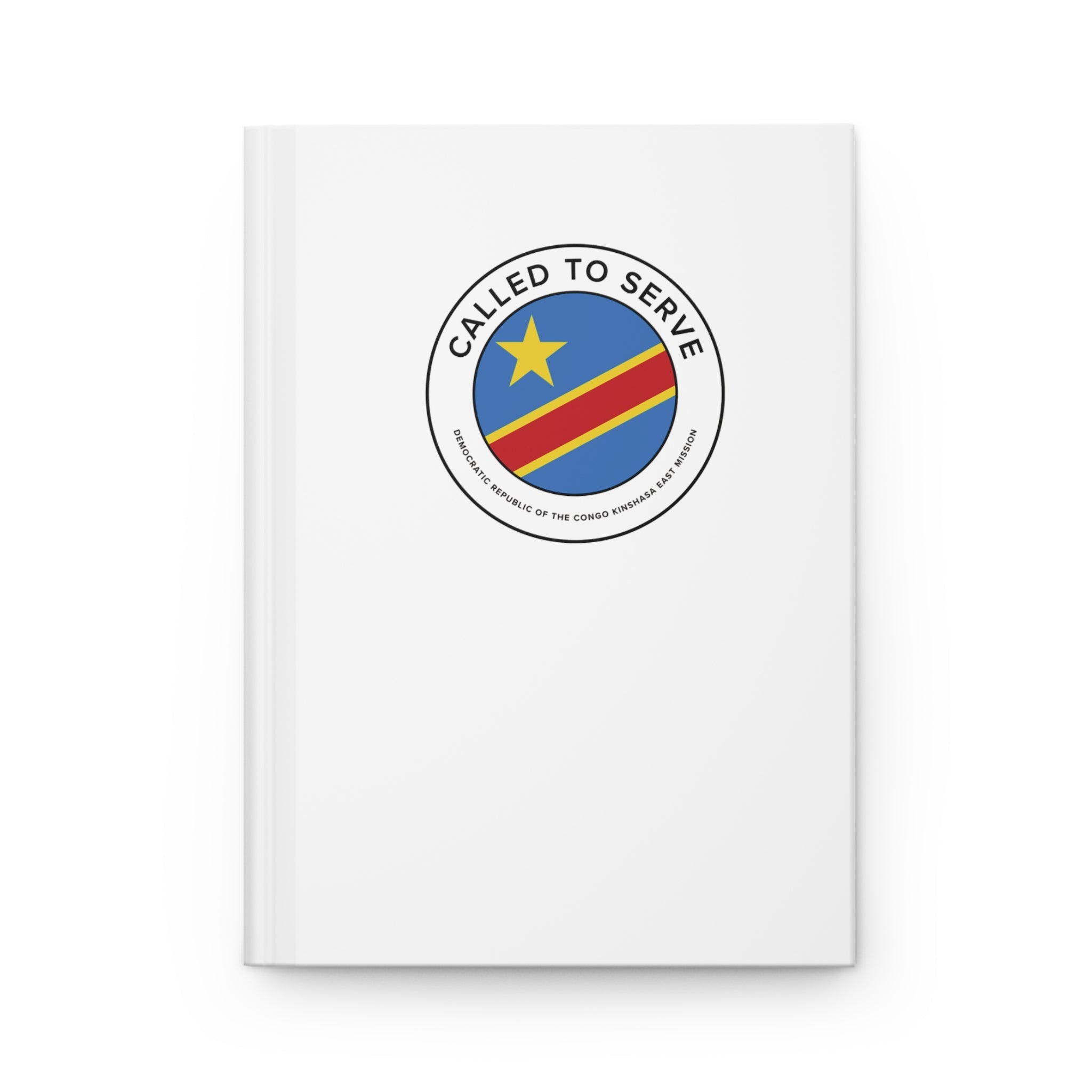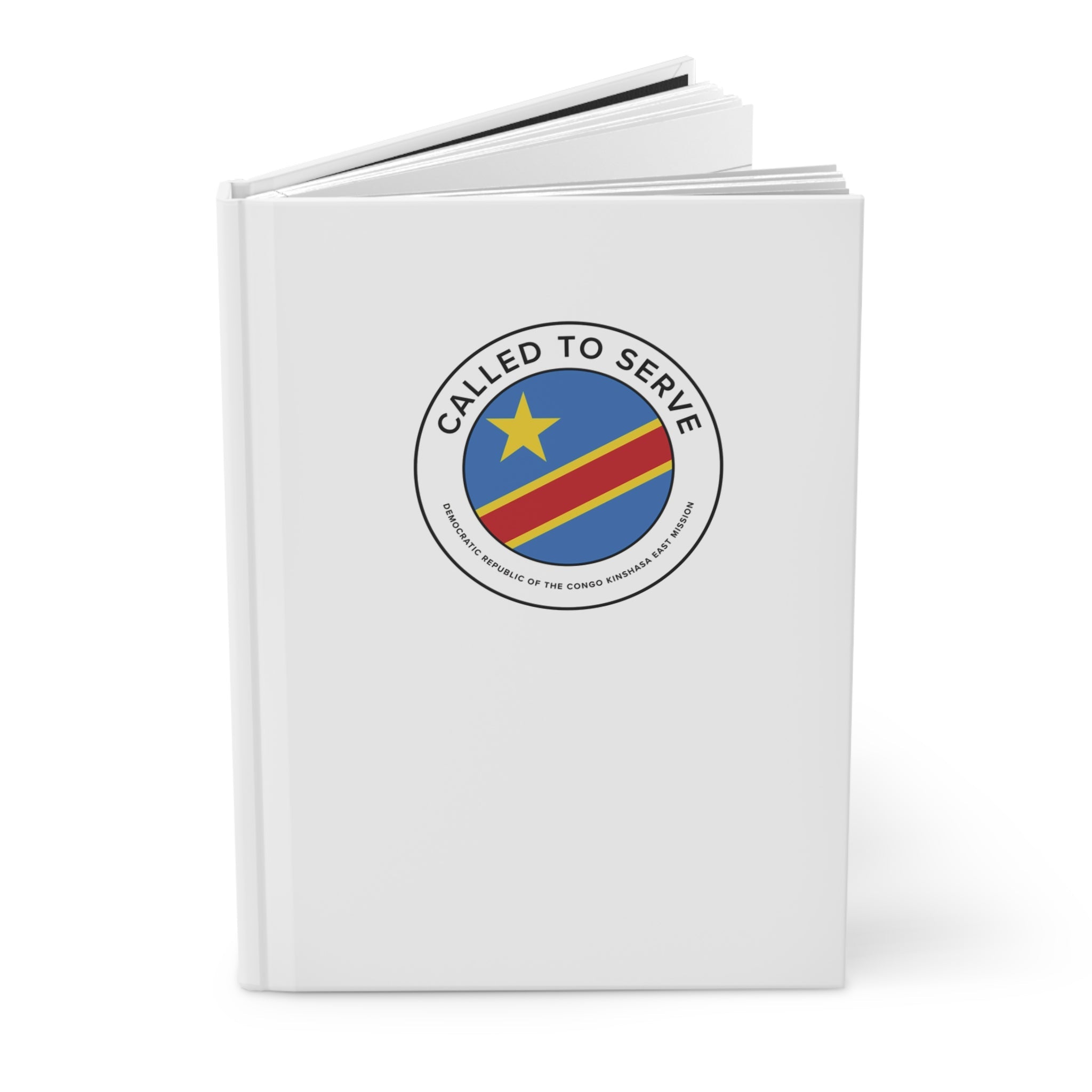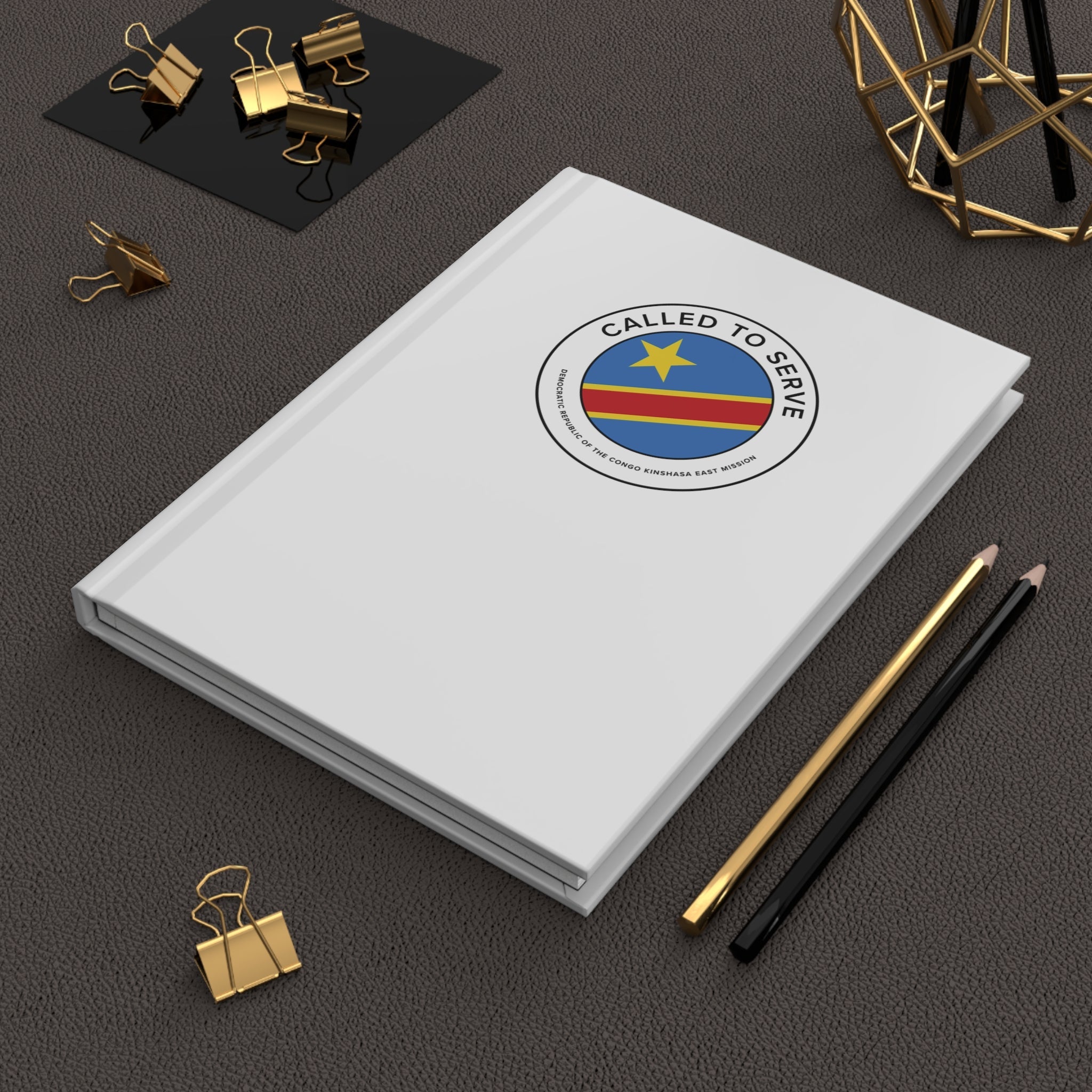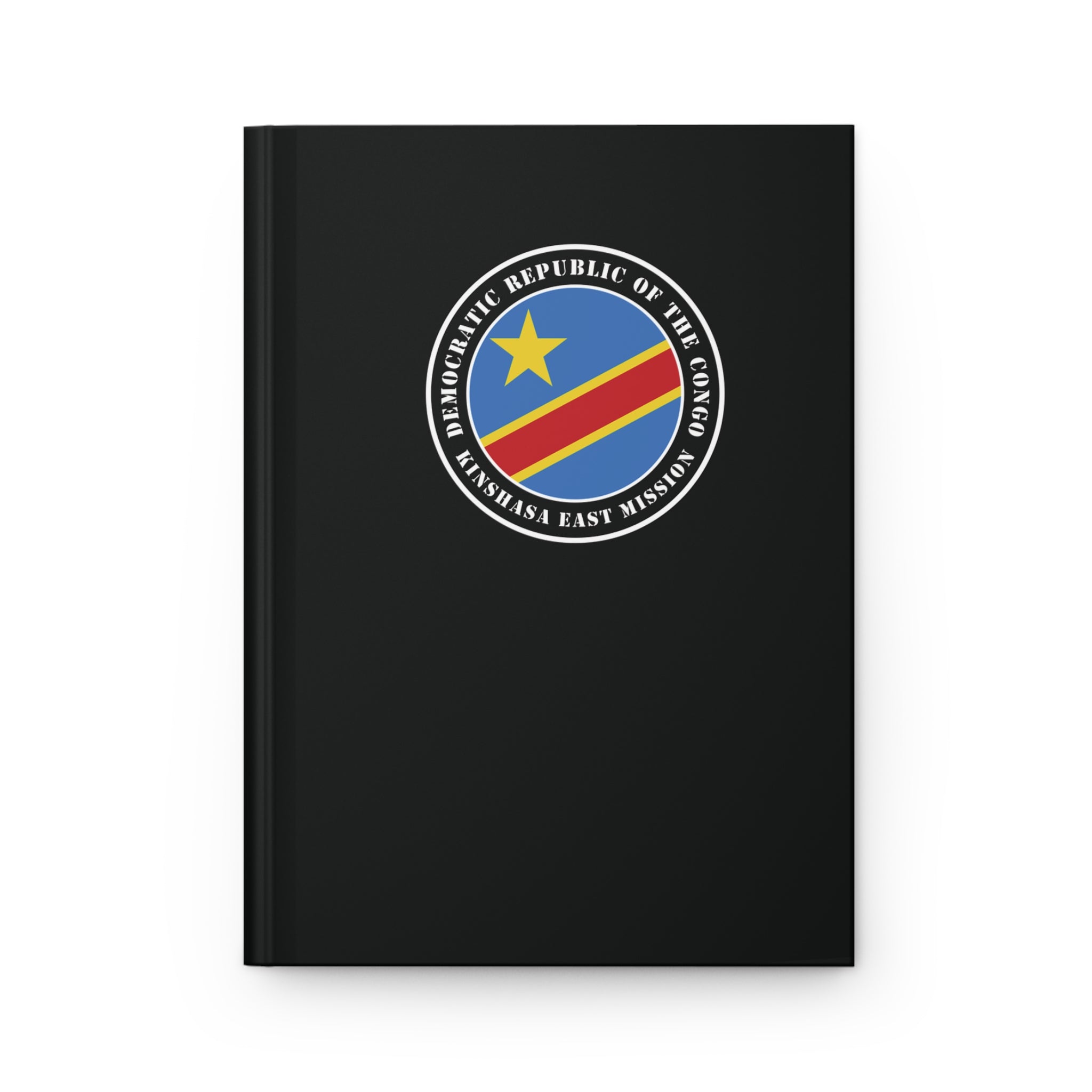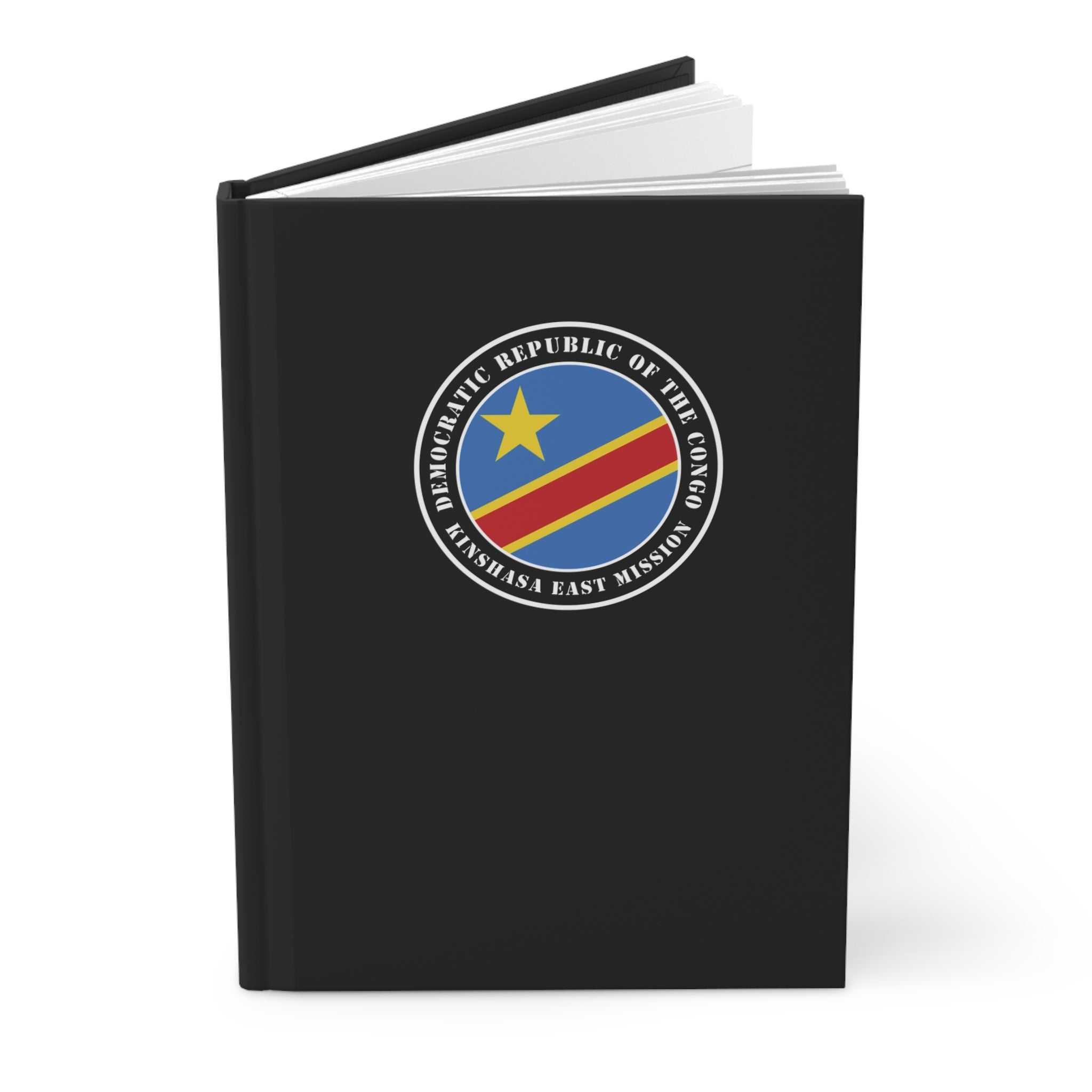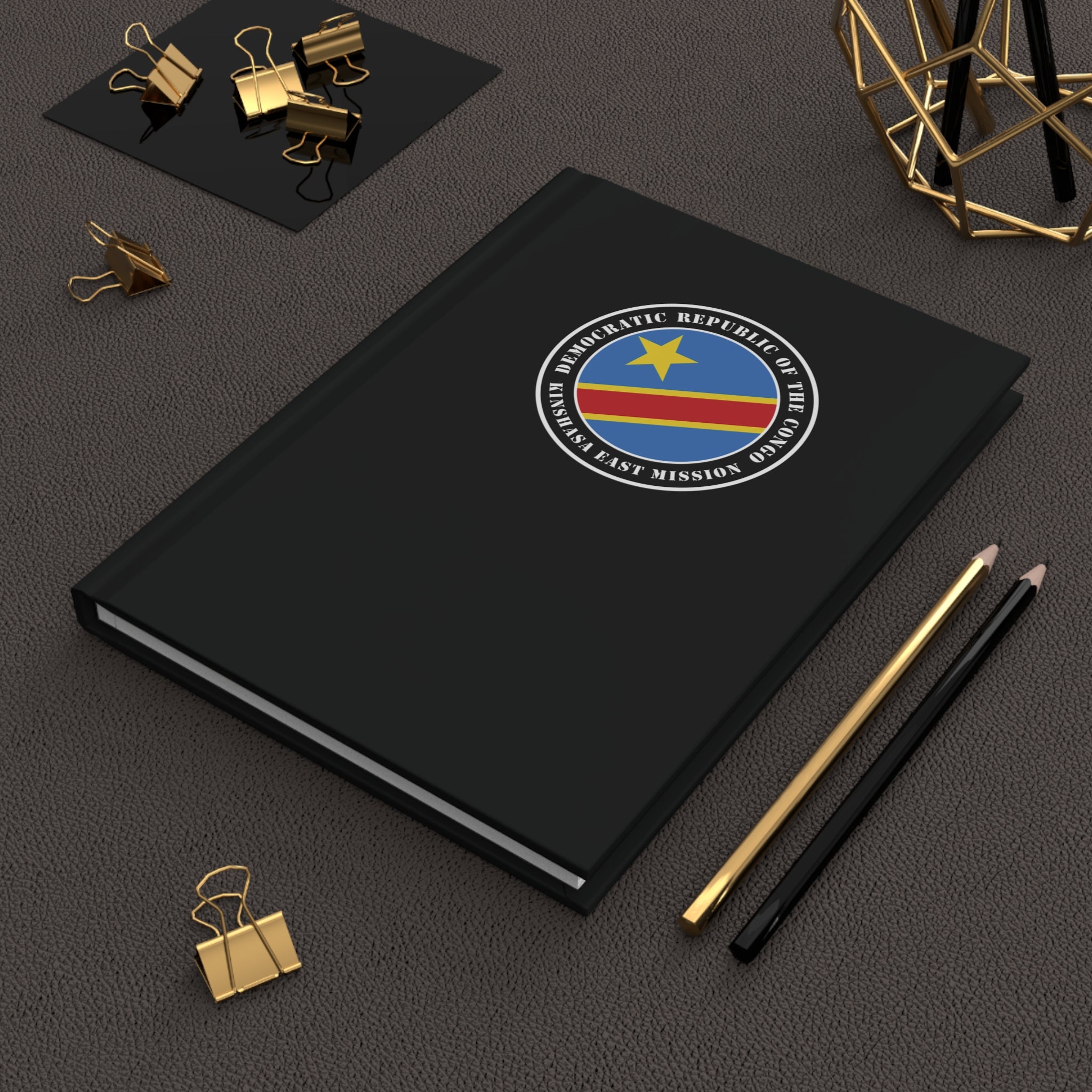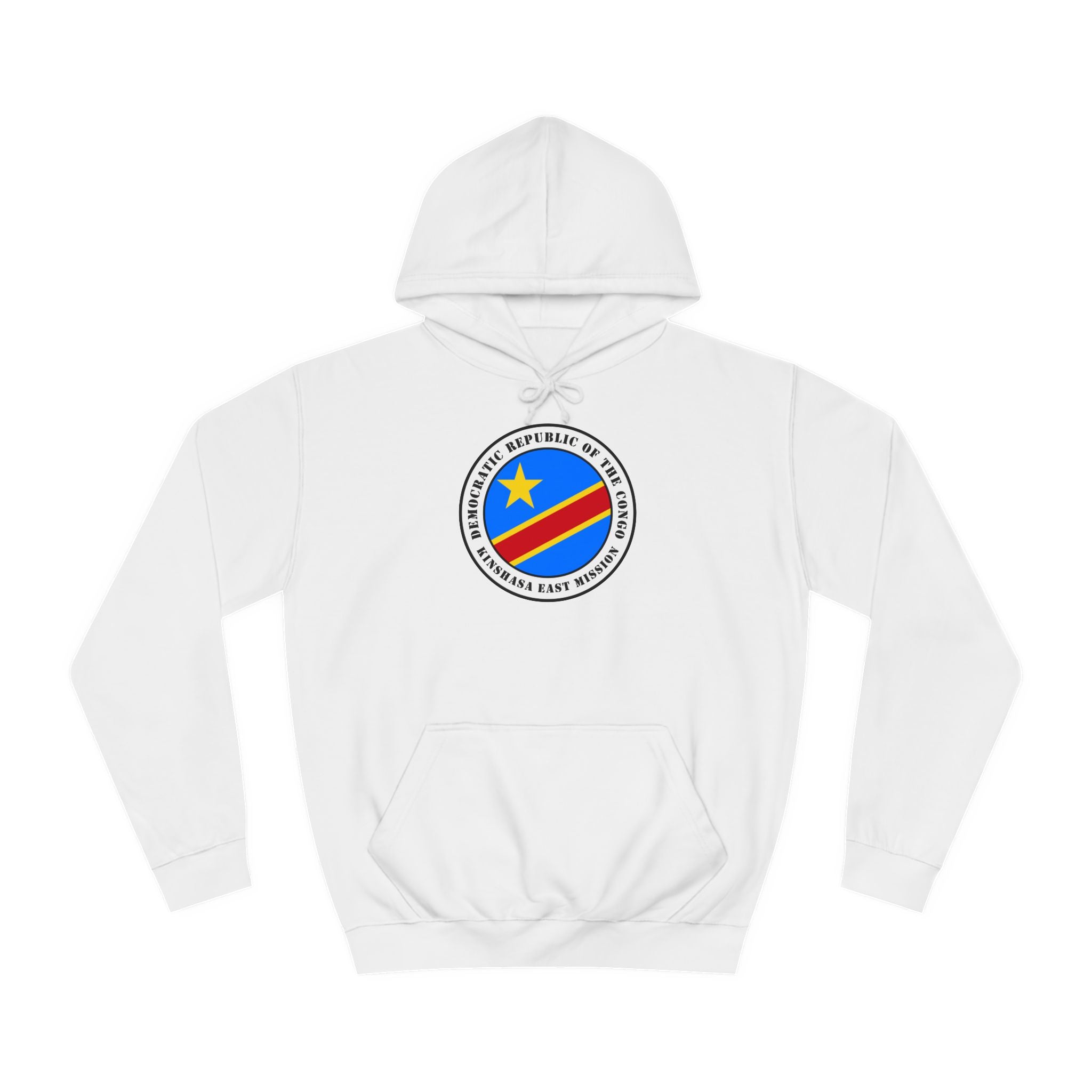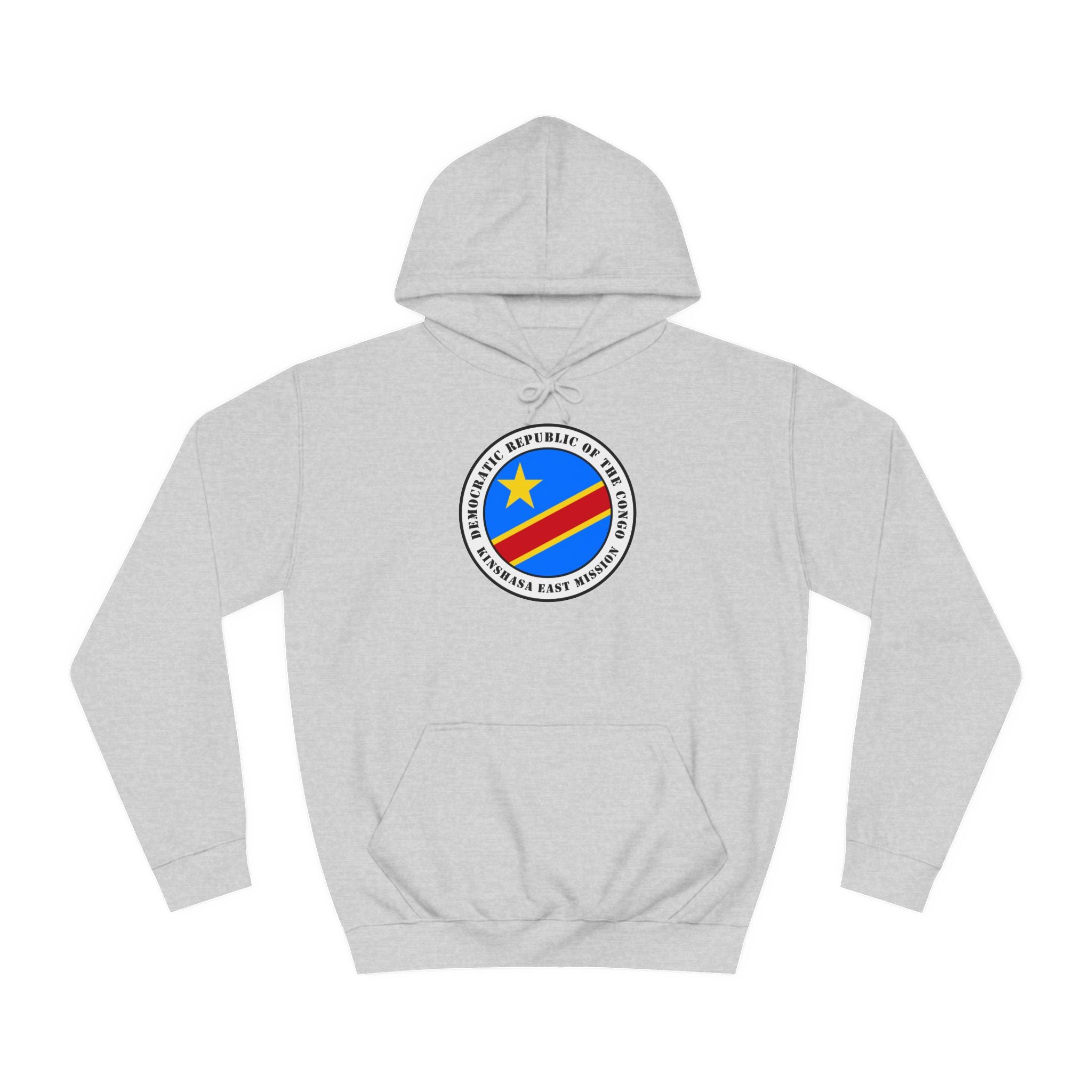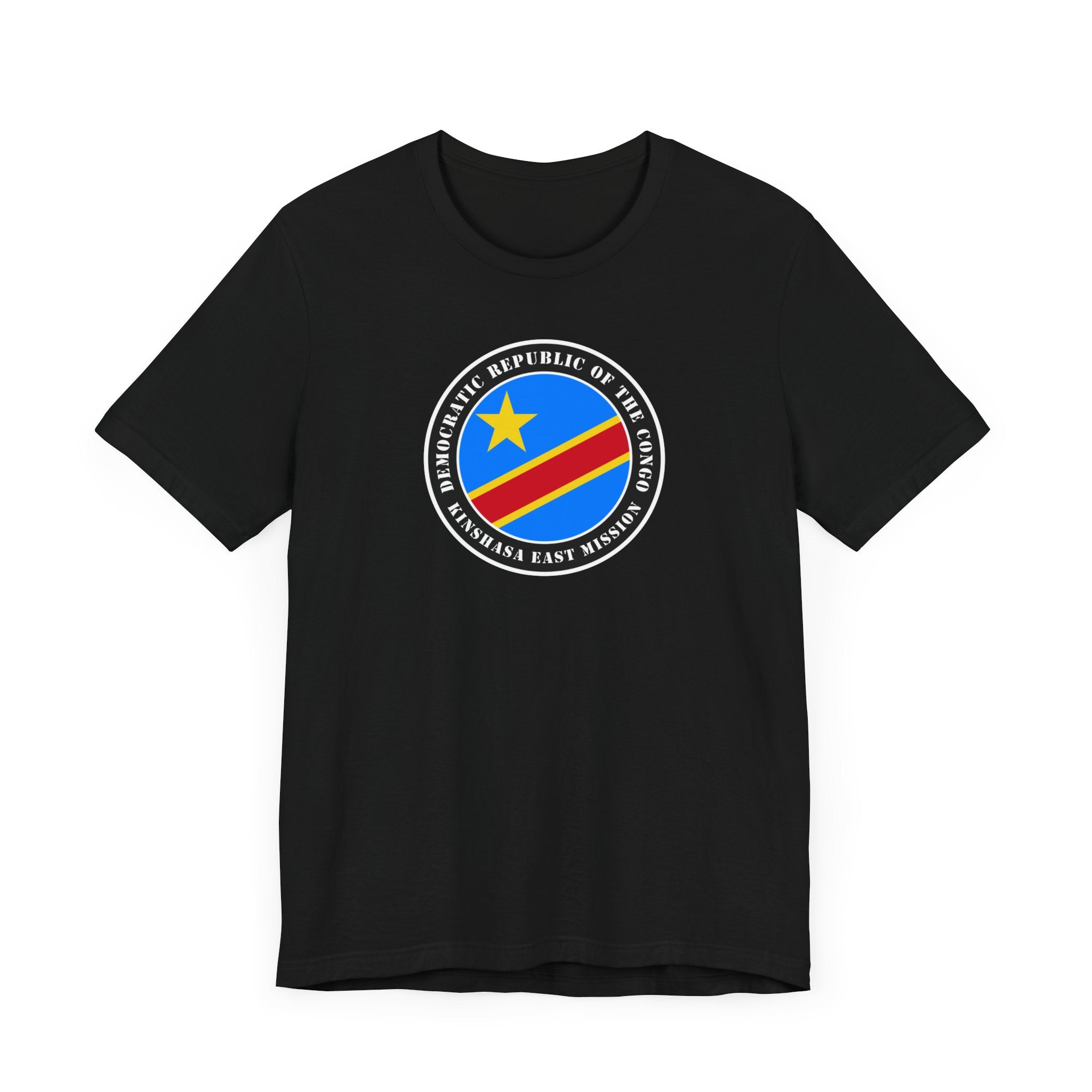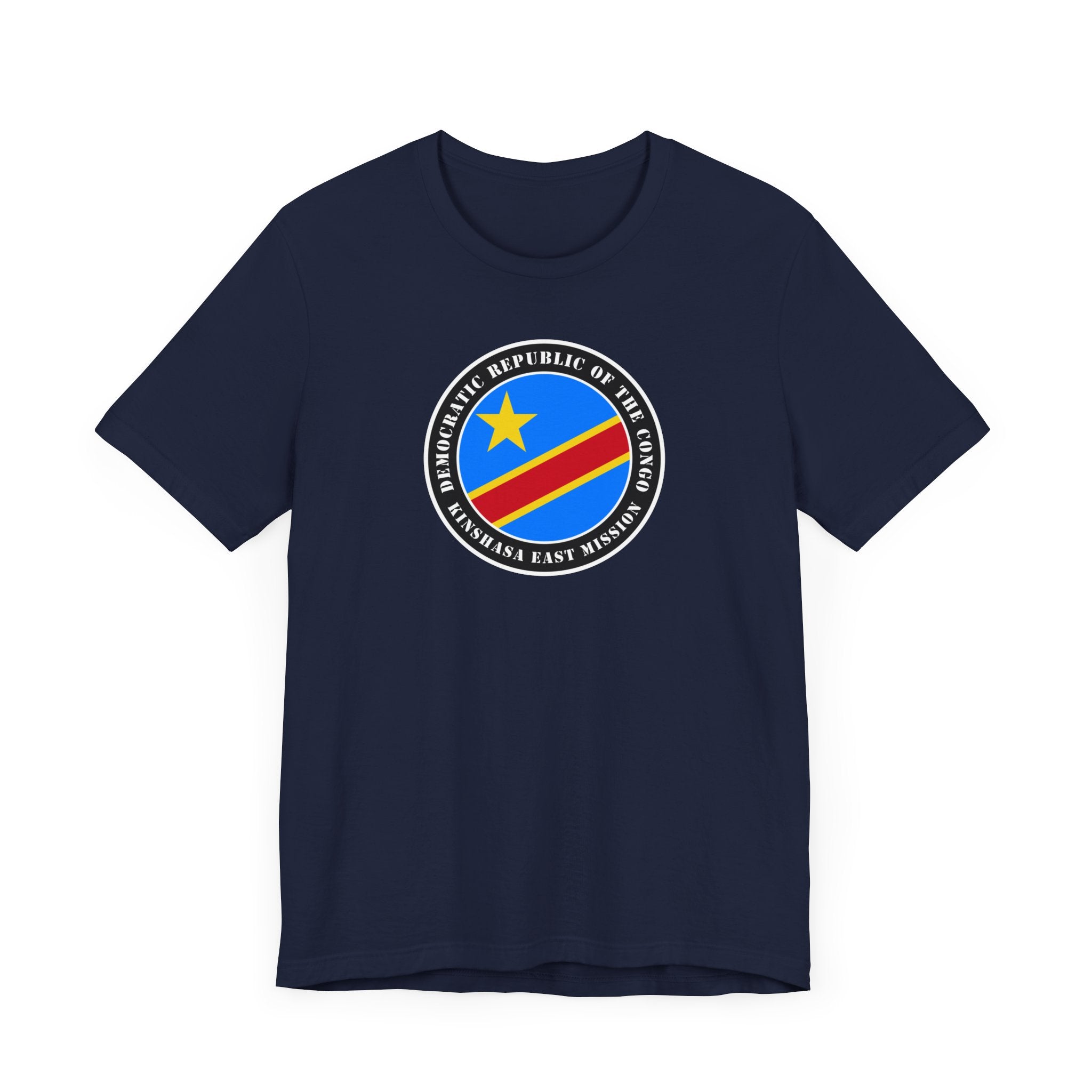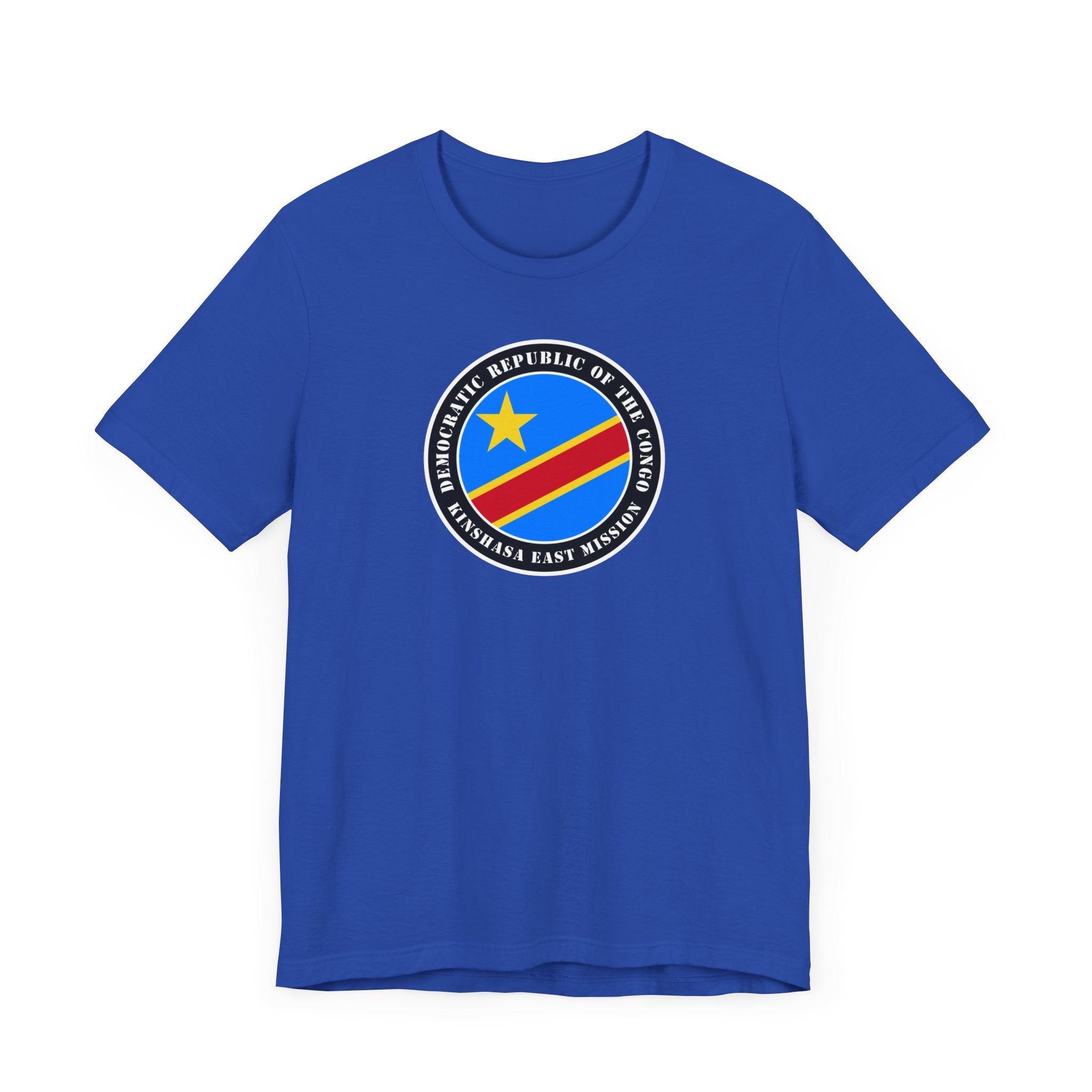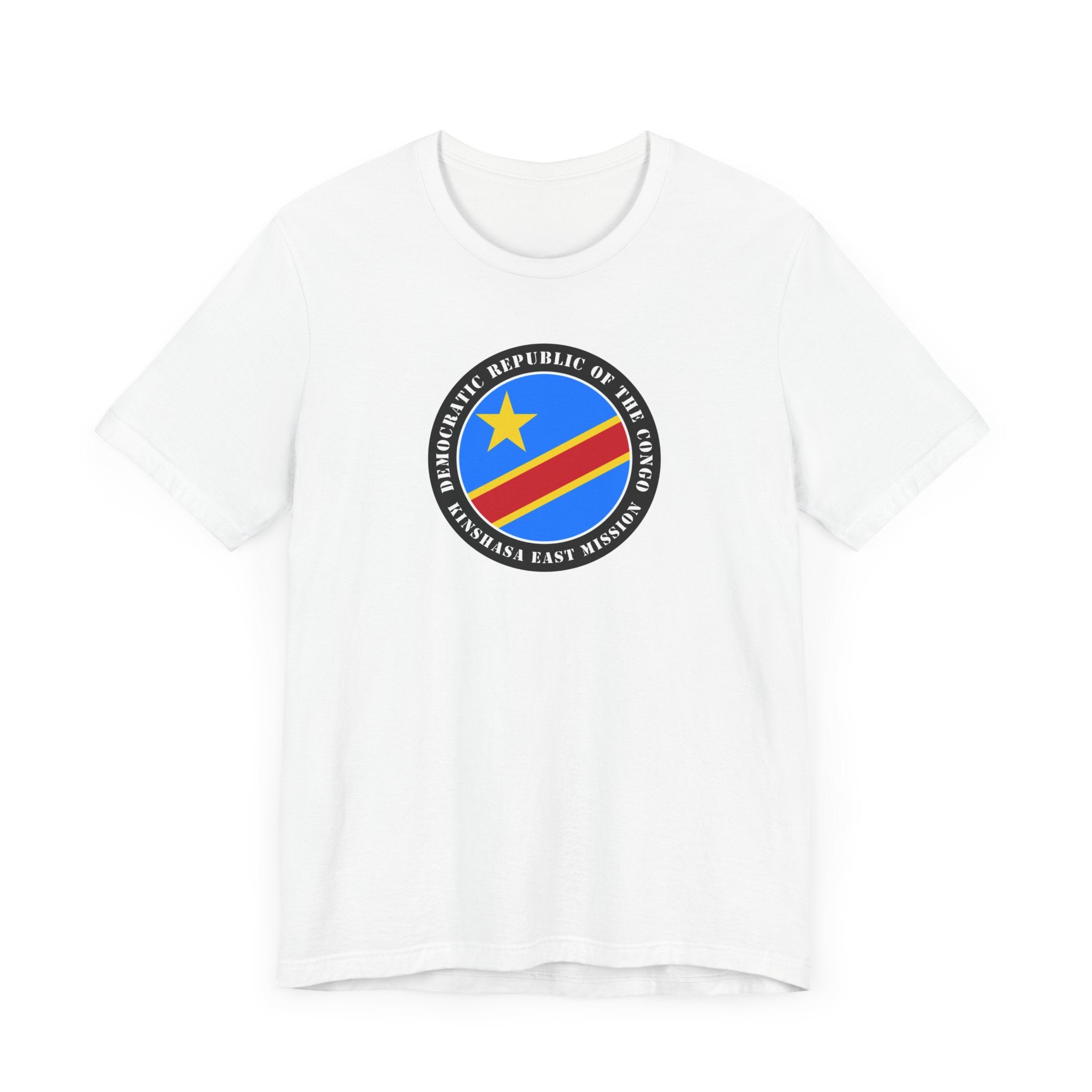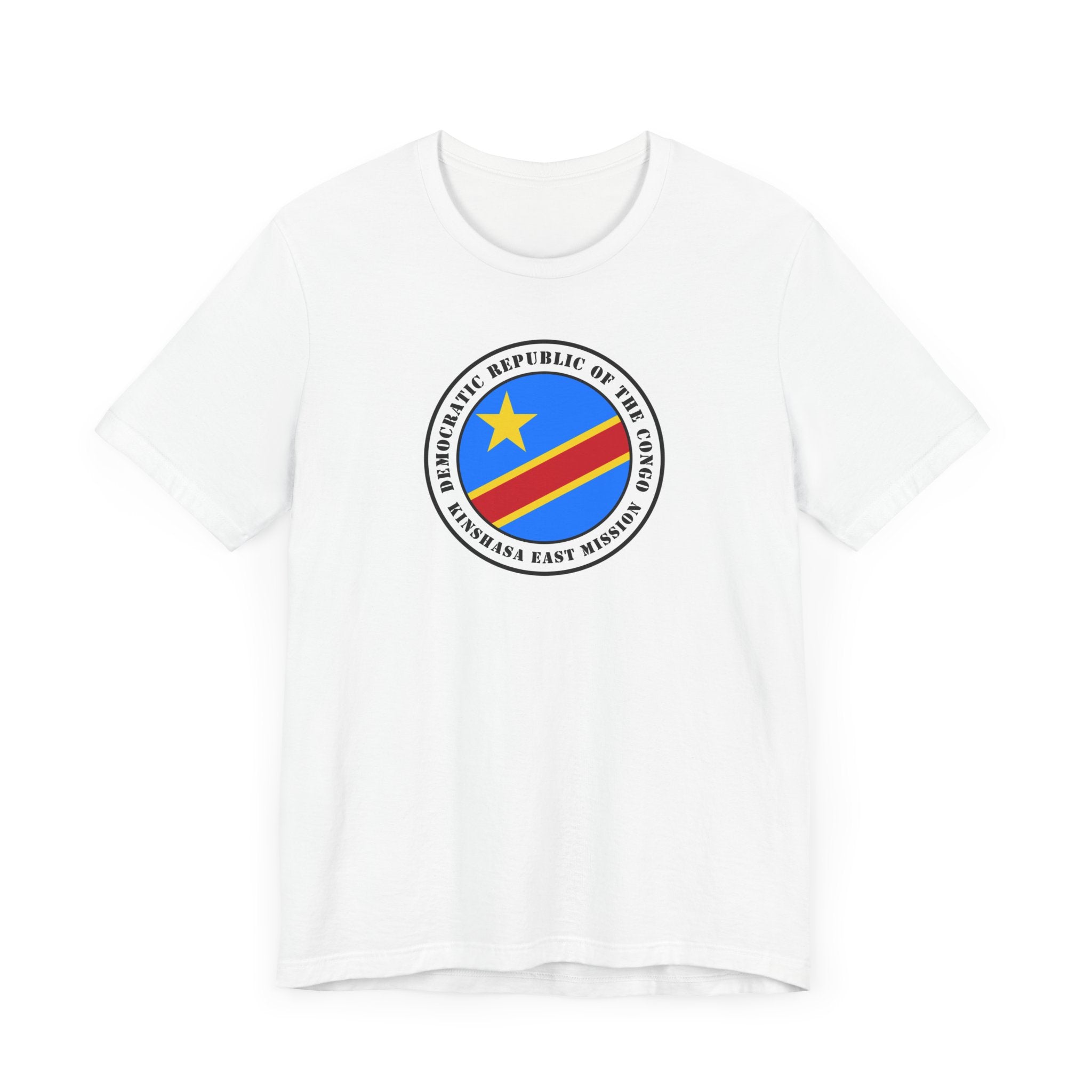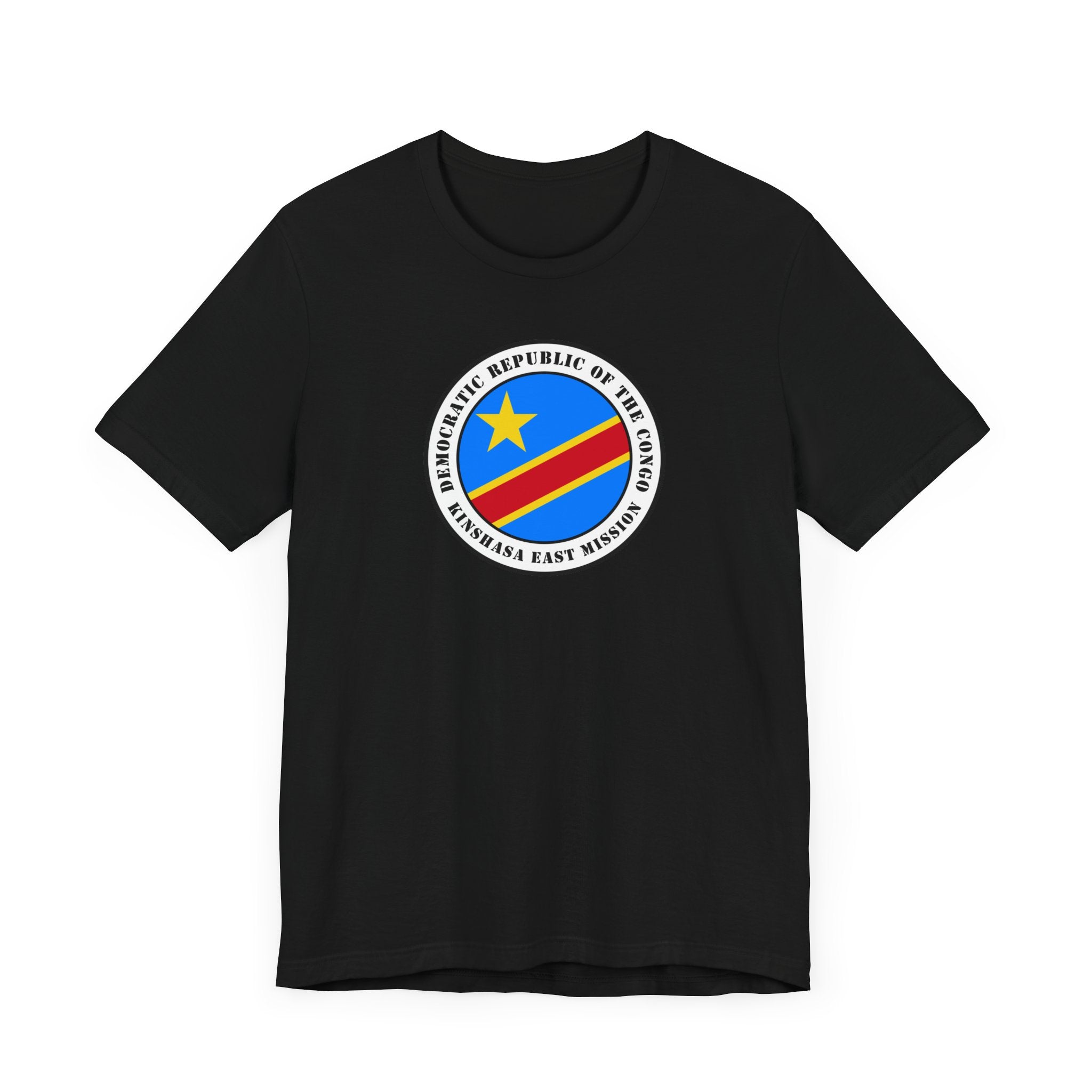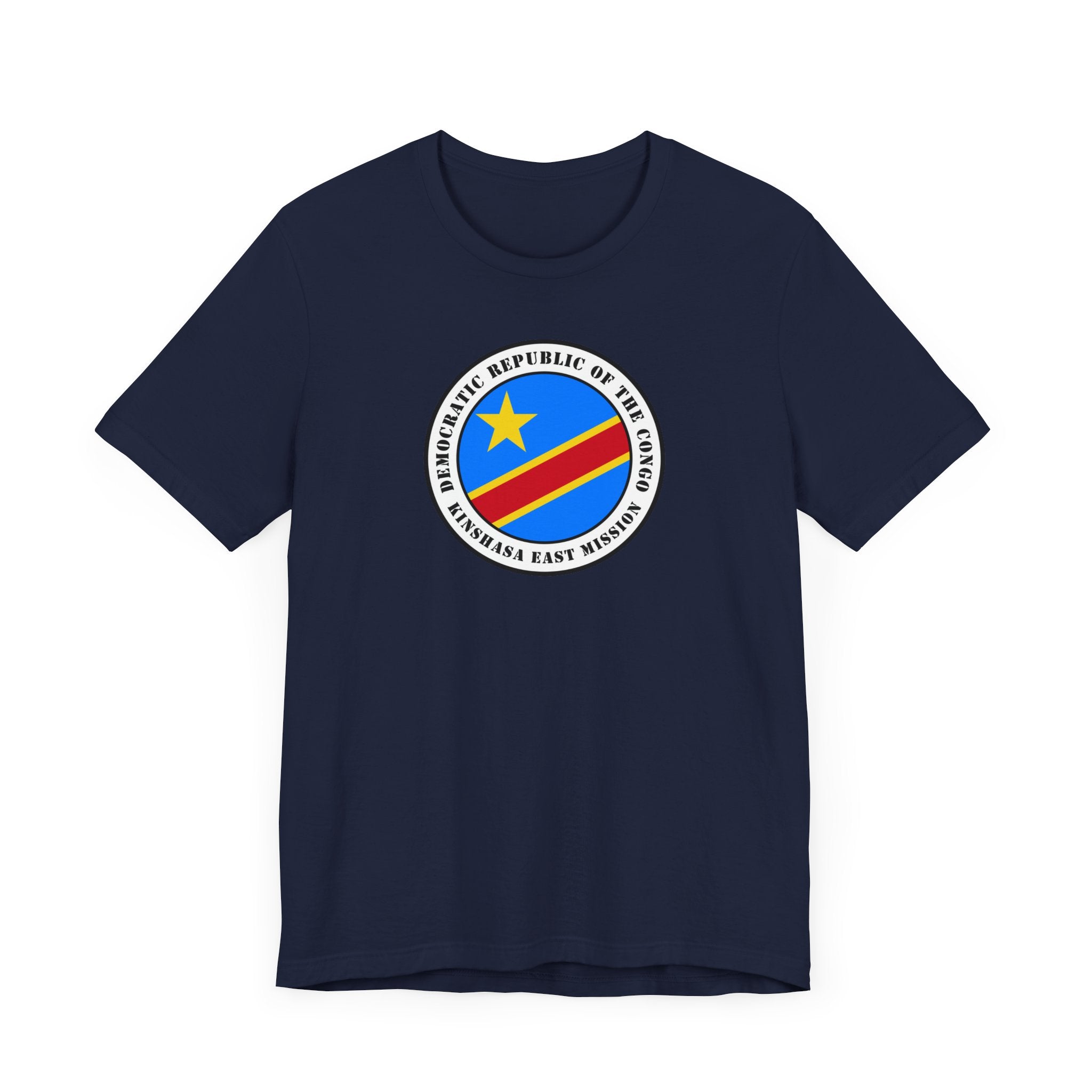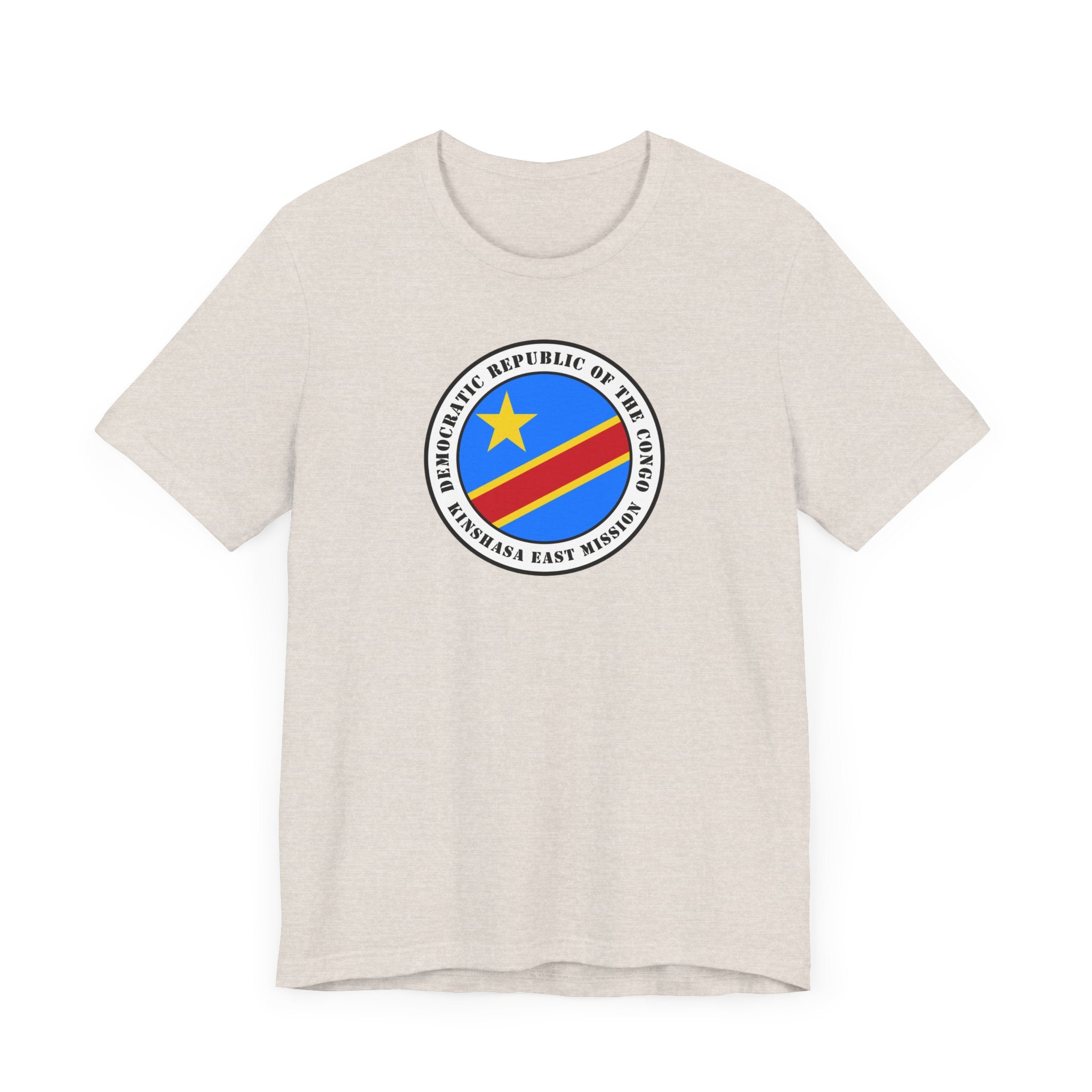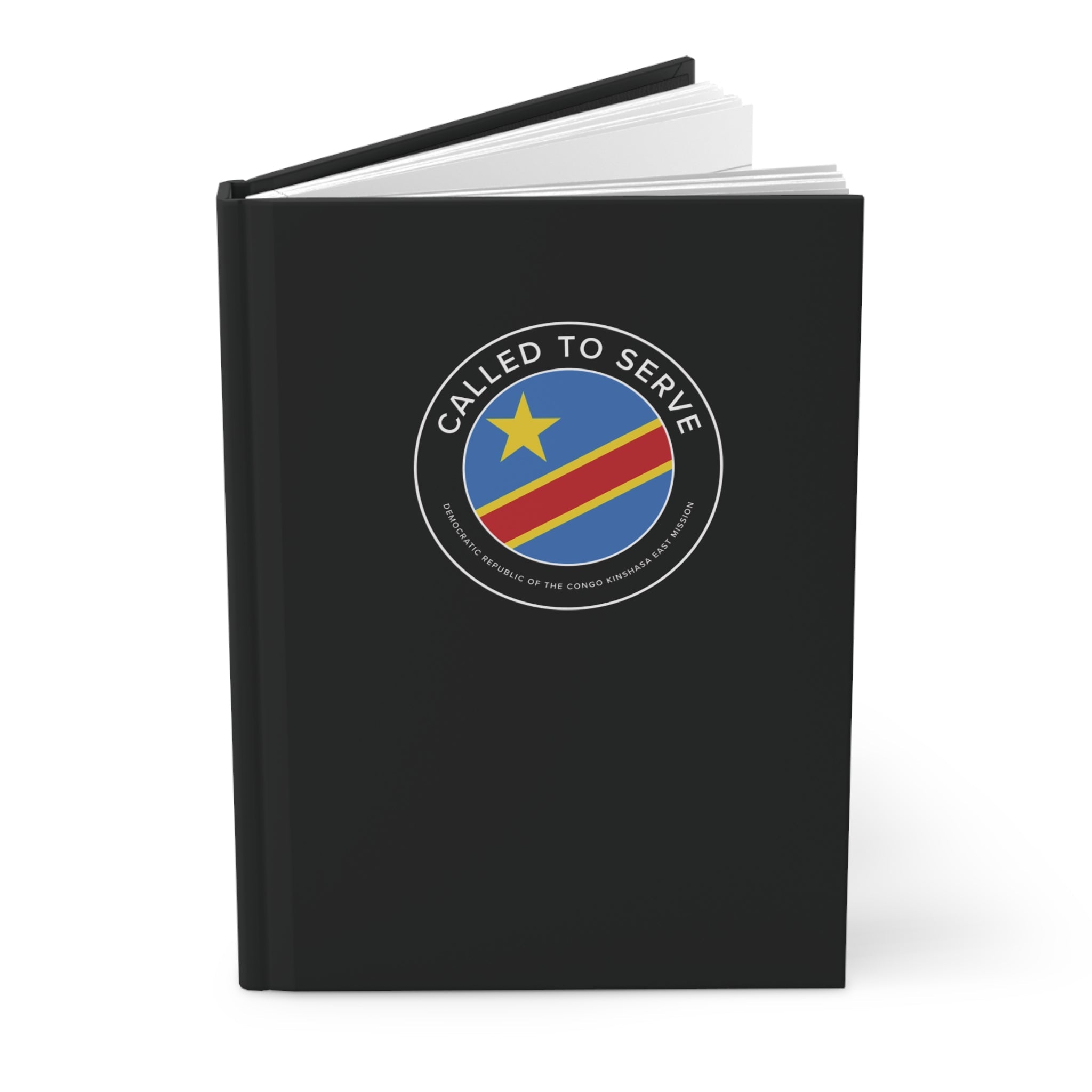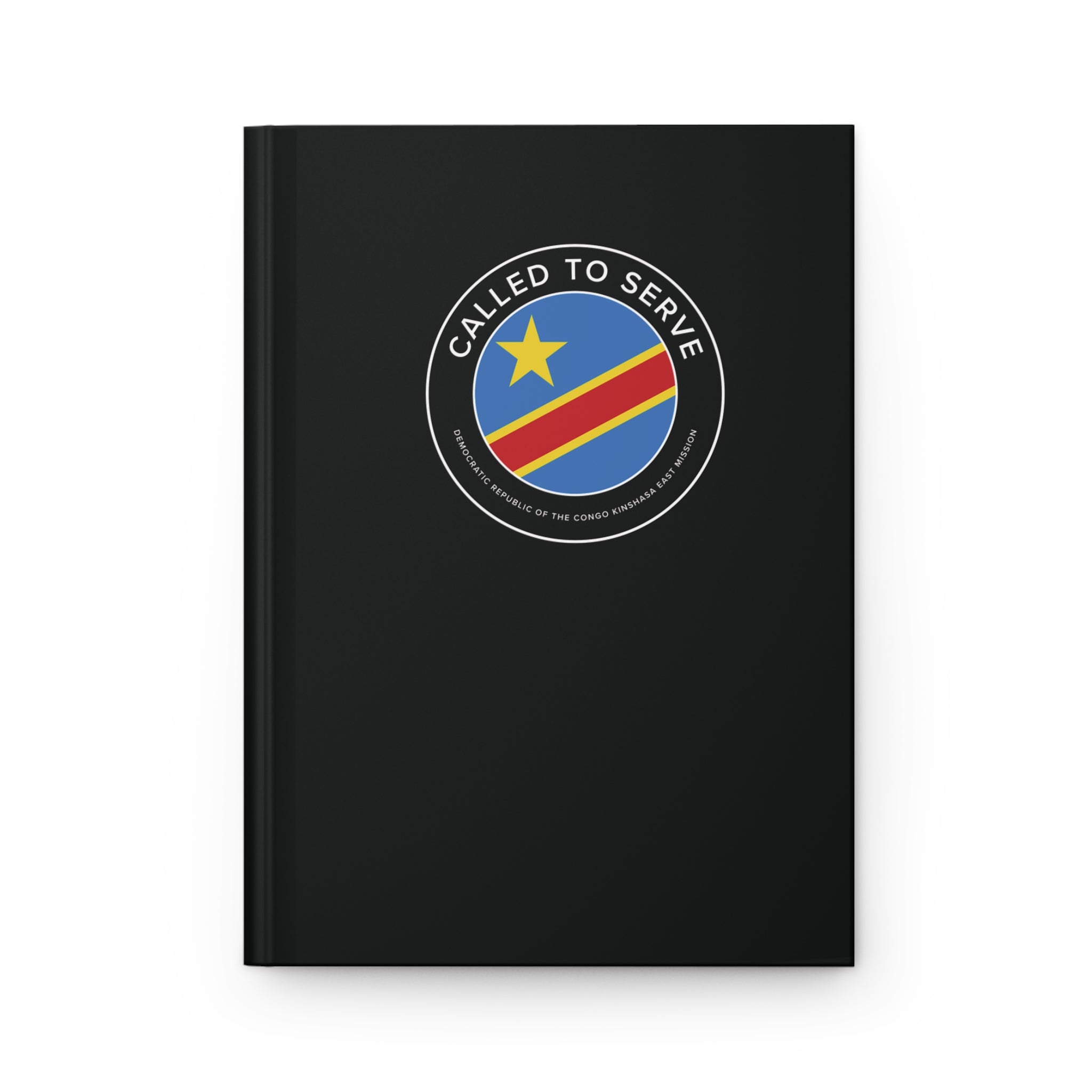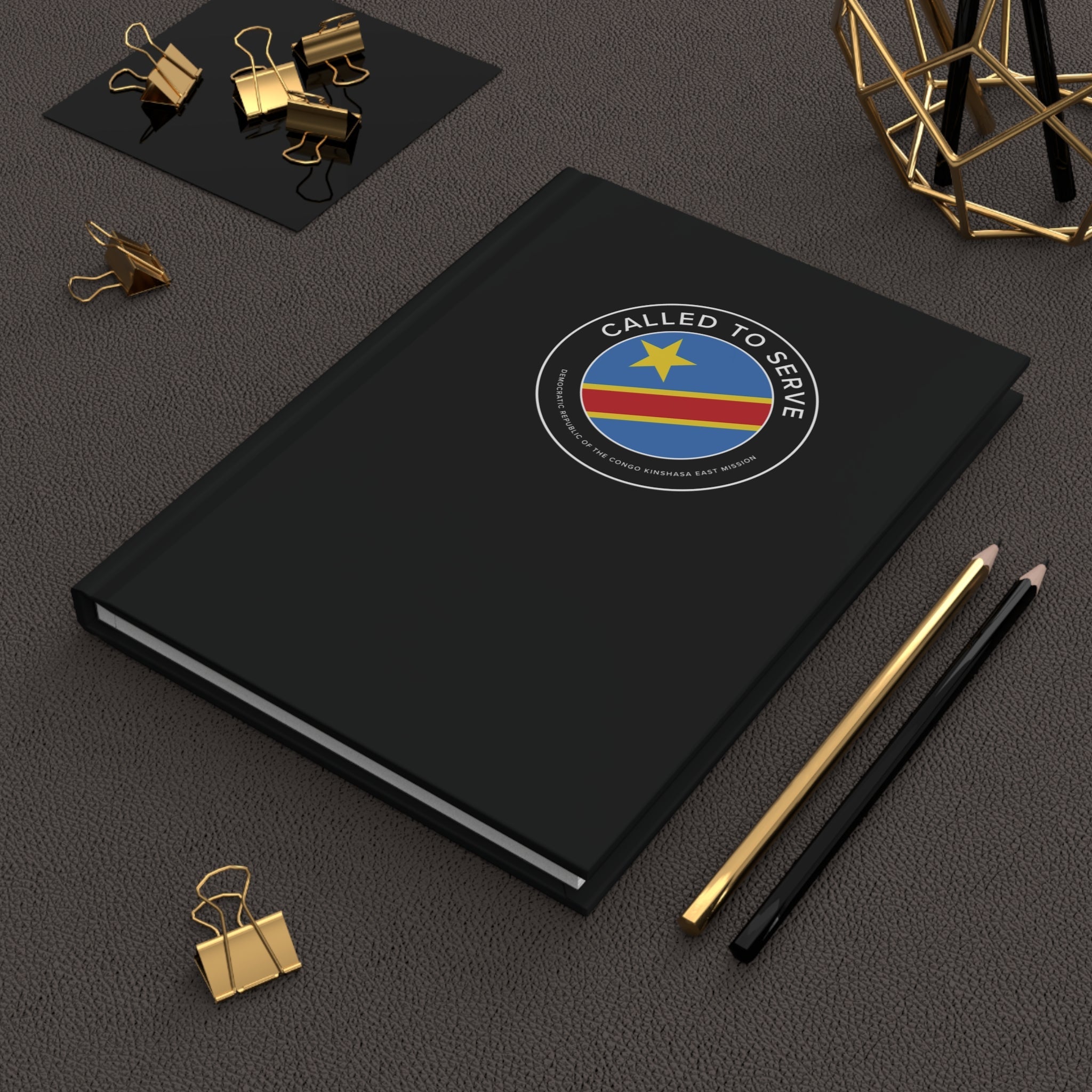In the 1960s, several Congolese converts who had been baptized outside the country returned to their homeland and began petitioning Church headquarters to send missionaries to their country. In 1979, after receiving several letters from the country, Church President Spencer W. Kimball sent Oscar McConkie, a Church attorney, to explore the possibility of organizing the Church in Zaïre (later renamed the Democratic Republic of the Congo).
Although legal registration took nearly seven years, early converts met together in small groups and shared their faith with neighbors. When the first missionaries, Ralph and Jean Hutchings, arrived in February 1986, there were several groups meeting each week. In June 1986 a district was organized, and the following year a mission was created in Kinshasa. On August 30, 1987, Elder Marvin J. Ashton of the Quorum of the Twelve Apostles traveled to Kinshasa and dedicated the country for the preaching of the gospel.
Though the mission briefly closed in the early 1990s, members continued to share the gospel. In 1996 the first stake in Kinshasa was created, and in 1997 the first stake in Lubumbashi was formed. Church members kept the faith and ministered to each other through the conflict of the late 1990s and early 2000s, working to make the stakes of Zion “a refuge from the storm” in a time of trouble (Doctrine and Covenants 115:6). During the October 2011 general conference, Church President Thomas S. Monson announced plans for a temple to be built in Kinshasa. It was dedicated in 2019.
